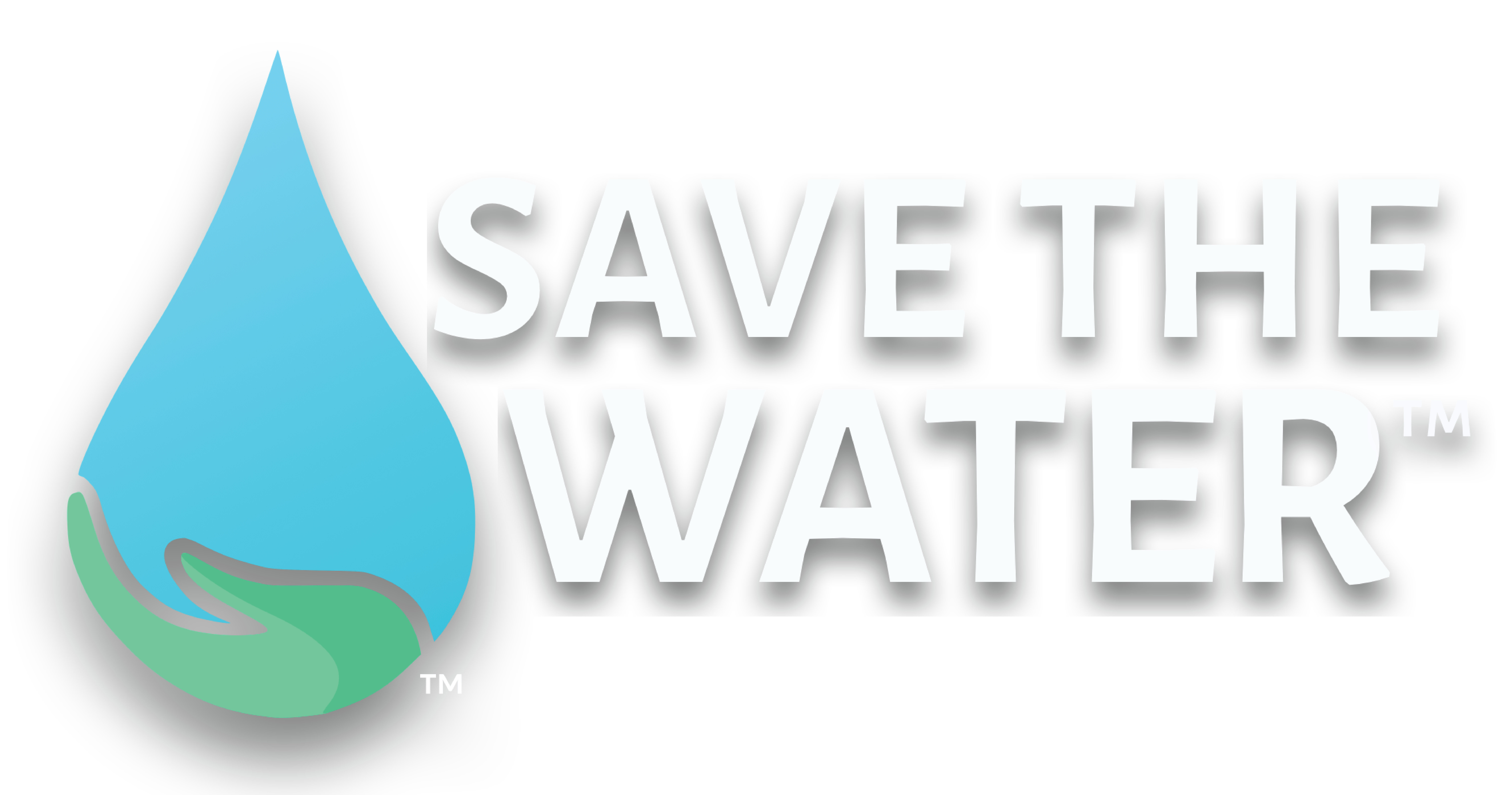Water News and Resources
Water News and Resources
ALL ARTICLES
CONTAMINATION
GLOBAL NEWS
US NEWS
TECHNOLOGY
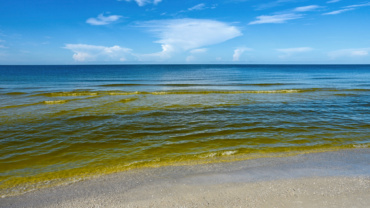
By Brigitte Rodriguez, Publishing Associate: Researcher and Writer at Save the Water™ | May 31, 2025
Edited by Apurva Makashir, Publishing Vice President at Save the Water™
Toxic algae blooms in…
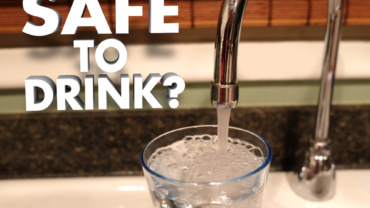
By Rita Evelyne Joshua, Publishing Associate: Researcher and Writer at Save the Water™ | May 26, 2025
Edited by Muhammad Afridi, Publishing Project Leader at Save the Water™
Water treatment plants have used…
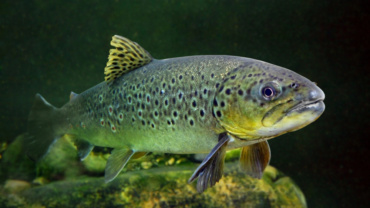
By Caroline Majewski, Publishing Associate: Researcher and Writer at Save the Water™ | May 21, 2025
Edited by Joshua Awolaye, Publishing Associate, Editor at Save the Water™
In a new study, a team looked at…
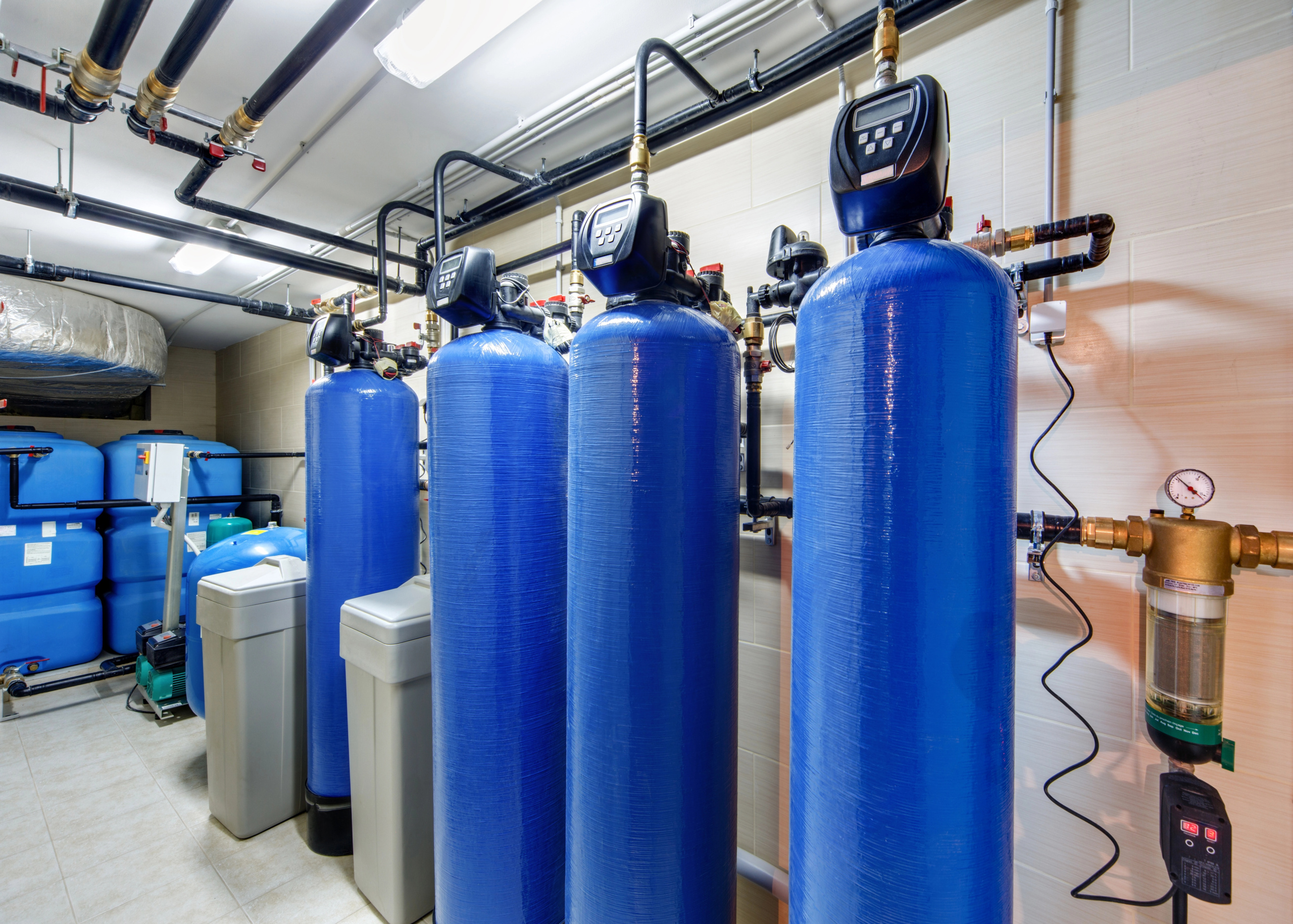
By Samhar Almomani, Publishing Associate : Researcher and Writer at Save the Water™ | May 08, 2025
Edited by Muhammad Afridi, Publishing Project Leader, at Save the Water™
Wastewater challenges in…
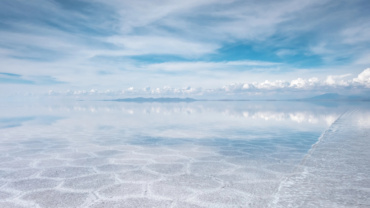
By Brigitte Rodriguez, Publishing Associate: Researcher and Writer at Save the Water™ | April 30, 2025
Edited by Joshua Awolaye, Publishing Associate: Editor at Save the Water™
Lithium is currently one of the most demanded…
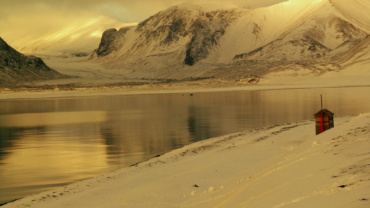
By Caroline Majewski, Publishing Associate: Researcher and Writer at Save the Water™ | April 22, 2025
Edited by Apurva Makashir, Publishing Director at Save the Water™
What Happens When the Glaciers Melt?
Overall, glacier…
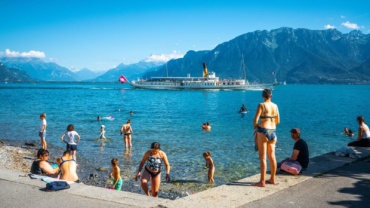
By Alicia Buenaventura, Publishing Associate: Researcher and Writer at Save the Water™ | April 16, 2025 Edited by Joshua Awolaye, Publishing Associate: Editor at Save the Water™ Globally, the lakes, streams, and rivers…

By Rita Evelyne Joshua, Publishing Associate: Researcher and Writer at Save the Water™ | April 10, 2025 Edited by Muhammad Afridi, Publishing Project Leader at Save the Water™ Recent tests revealed the presence…
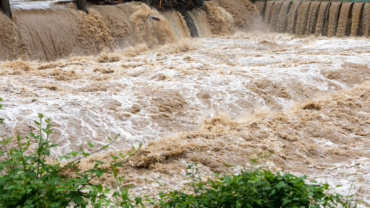
By Sakshi Kabra Malpani, Publishing Associate: Researcher and Writer at Save the Water™ | March 31, 2025
Edited by Joshua Awolaye, Publishing Associate: Editor at Save the Water™
Stormwater management effectively controls urban…
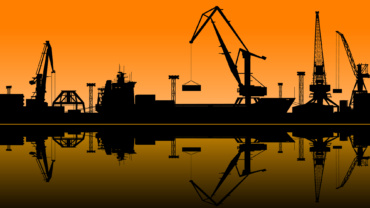
By Brigitte Rodriguez, Publishing Associate: Researcher and Writer at Save the Water™ | March 17, 2025
Edited by Apurva Makashir, Publishing Director at Save the Water™
Whitehaven Harbour has long faced the problem…
By Samhar Almomani, Publishing Associate : Researcher and Writer at Save the Water™ | March 12, 2025
Edited by Muhammad Afridi, Publishing Project Leader at Save the Water™
Wastewater treatment, also known…
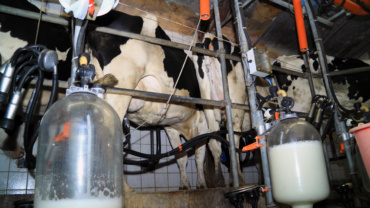
By Caroline Majewski, Publishing Associate: Researcher and Writer at Save the Water™ | February 28, 2025
Edited by Joshua Awolaye, Publishing Associate: Editor at Save the Water™
The California State Water Resources Control Board has…
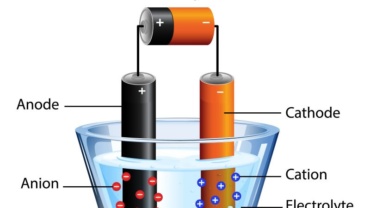
By Sakshi Kabra Malpani, Publishing Associate: Researcher and Writer at Save the Water™ | February 21, 2025
Edited by Muhammad Afridi, Publishing Associate: Project Leader at Save the Water™
Electrocoagulation is a method…
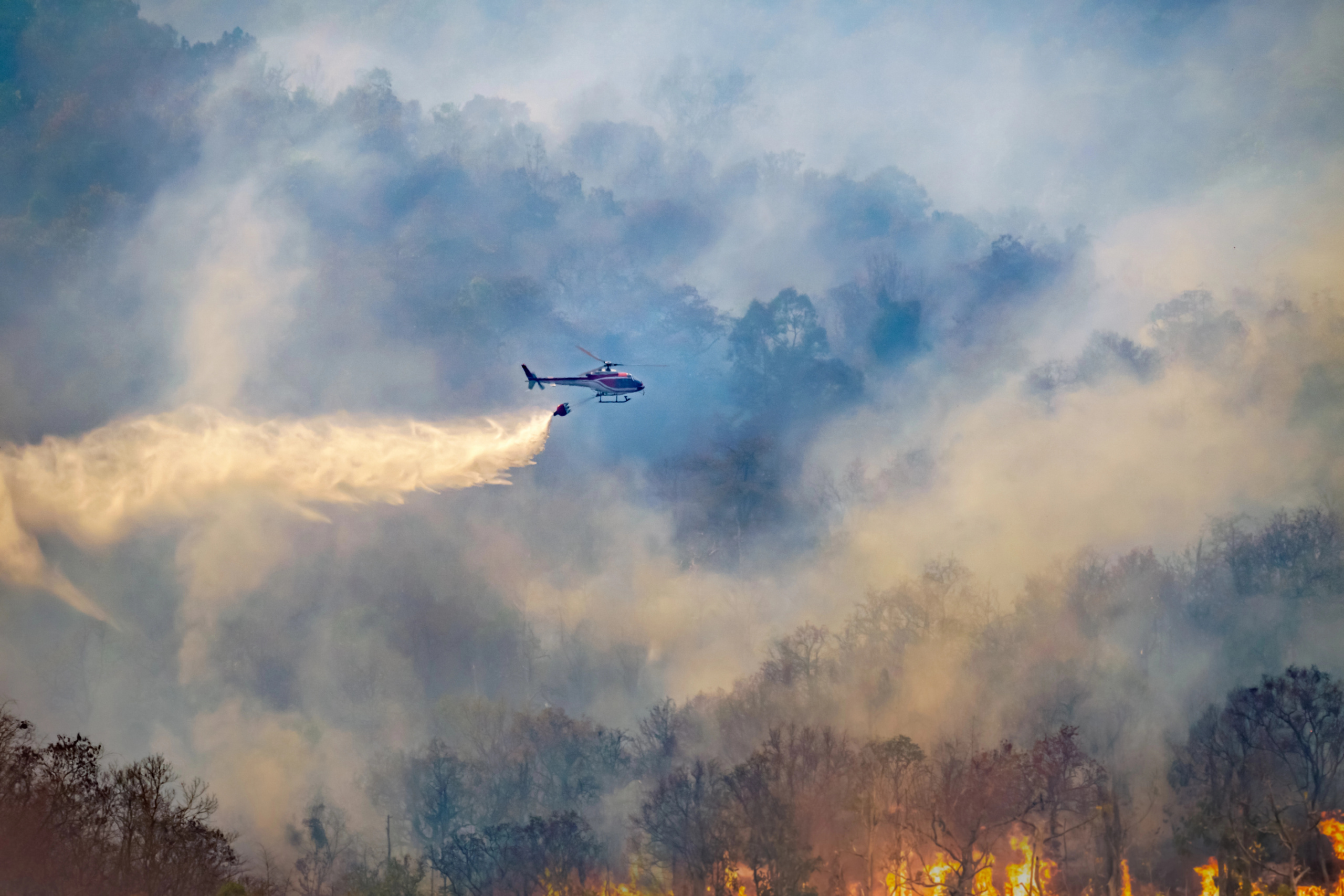
By Alicia Buenaventura, Publishing Associate: Researcher and Writer at Save the Water™ | February 10, 2025
Edited by Joshua Awolaye, Publishing Associate: Editor at Save the Water™
As wildfires grow across the United…
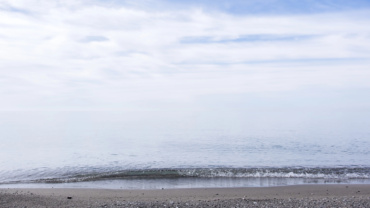
By Caroline Majewski, Publishing Associate: Researcher and Writer at Save the Water™ | January 31, 2025
Edited by Joshua Awolaye, Publishing Associate: Editor at Save the Water™
In Lake Erie, phosphorus levels and their effects…
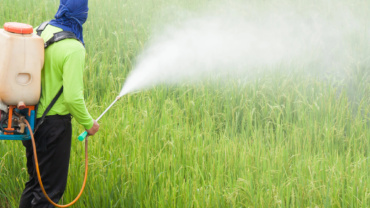
By Samhar Almomani, Publishing Associate : Researcher and Writer at Save the Water™ | January 19, 2025
Edited by Apurva Makashir, Publishing Associate, at Save the Water™
Pesticides harm water quality. This…
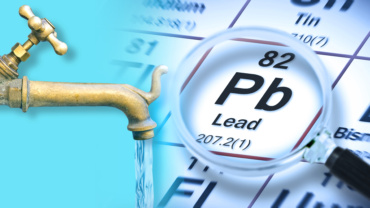
By Brigitte Rodriguez, Publishing Associate: Researcher and Writer at Save the Water™ | January 13, 2024
Edited by Joshua Awolaye, Publishing Associate: Editor at Save the Water™
Surface water is a critical resource…
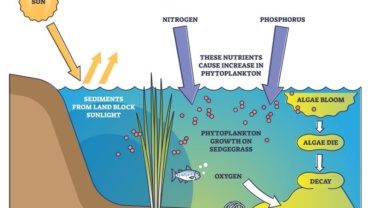
By Sakshi Kabra Malpani, Publishing Associate: Researcher and Writer at Save the Water™ | December 26, 2024
Edited by Joshua Awolaye, Publishing Associate: Editor at Save the Water™
Nutrient pollution, mainly from nitrogen…
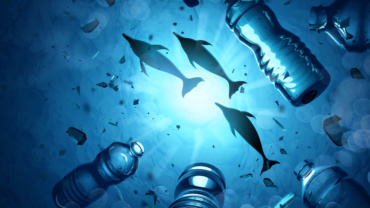
By Caroline Majewski, Publishing Associate: Researcher and Writer at Save the Water™ | December 21, 2024
Edited by Joshua Awolaye, Publishing Associate: Editor at Save the Water™
Scientists studied 11 bottlenose dolphins to see if…
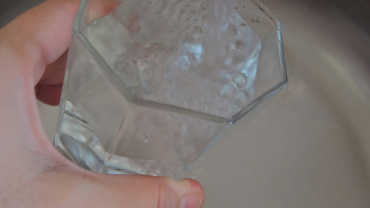
By Samhar Almomani, Publishing Associate : Researcher and Writer at Save the Water™ | December 07, 2024
Edited by Joshua Awolaye, Publishing Associate, Editor at Save the Water™
Forever chemicals, which include…
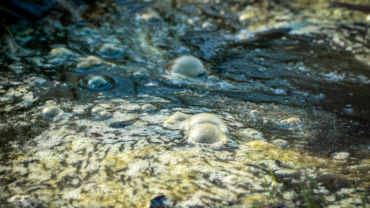
By Alicia Buenaventura, Publishing Associate: Researcher and Writer at Save the Water™ | November 22, 2024
Edited by Tenzin Saldon, Publishing Project Leader at Save the Water™
The Dangers of Drilling Waste In…
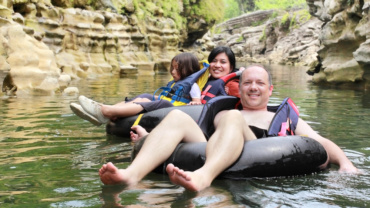
By Caroline Majewski, Publishing Associate: Researcher and Writer at Save the Water™ | November 9, 2024
Edited by Tenzin Saldon, Publishing Project Leader at Save the Water™
Holiday Time Means More Impact
How recreation affects…
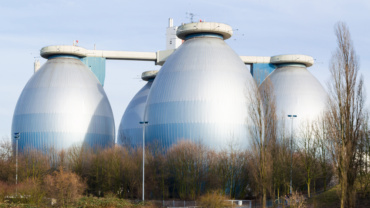
By Sakshi Kabra Malpani, Publishing Associate: Researcher and Writer at Save the Water™ | November 5, 2024
Edited by Joshua Awolaye, Publishing Associate: Editor at Save the Water™
Biogas yield from sewage sludge…
By Brigitte Rodriguez, Publishing Associate: Researcher and Writer at Save the Water™ | October 23, 2024
Edited by Joshua Awolaye, Publishing Associate: Editor at Save the Water™
Harmful algal blooms increasingly…
By Samhar Almomani, Publishing Associate : Researcher and Writer at Save the Water™ | October 21, 2024
Edited by Tenzin Saldon, Publishing Project Leader at Save the Water™
On August 8, 2023,…
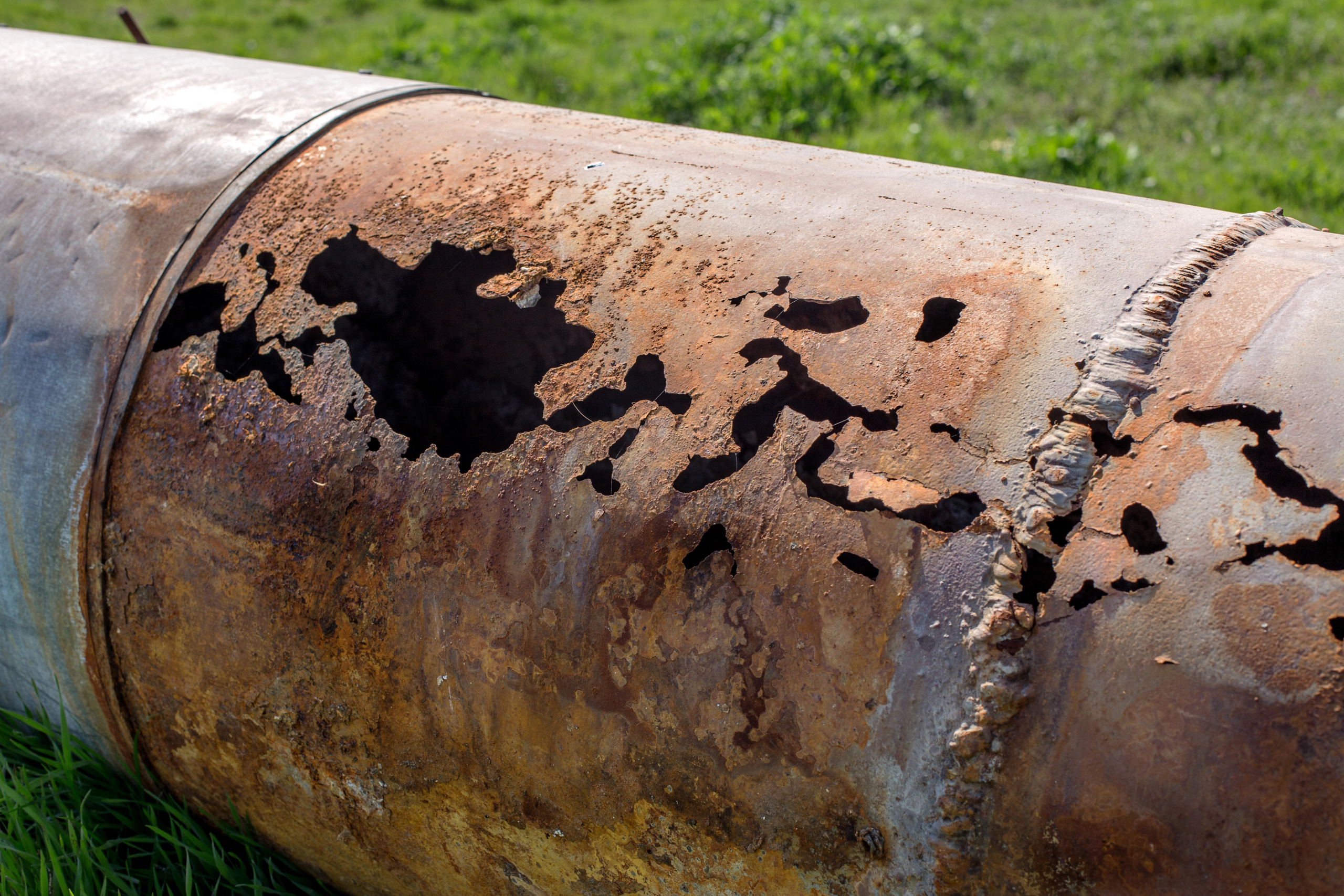
By Tenzin Saldon, Publishing Project Leader at Save the Water™ | September 20, 2024
Edited by Joshua Awolaye, Publishing Associate: Editor at Save the Water™
Behind the curtains of civilization, vast infrastructures carry the natural…
By Brigitte Rodriguez, Publishing Associate: Researcher and Writer at Save the Water™ | September 09, 2024
Edited by Tenzin Saldon, Publishing Project Leader at Save the Water™
The rise in pollution from industrial…
By Sakshi Kabra Malpani, Publishing Associate: Researcher and Writer at Save the Water™ | August 28, 2024
Edited by Joshua Awolaye, Publishing Associate: Editor at Save the Water™
Artificial Intelligence (AI) has emerged…
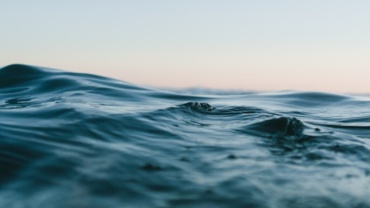
By Caroline Majewski, Publishing Associate: Researcher and Writer at Save the Water™ | August 24, 2024
Edited by Joshua Awolaye, Publishing Associate: Editor at Save the Water™
Water filtration has been around for centuries, and…
By Samhar Almomani, Publishing Associate : Researcher and Writer at Save the Water™ | August 10, 2024
Edited by Joshua Awolaye, Publishing Associate: Editor at Save the Water™
Microbiologists at the Royal…
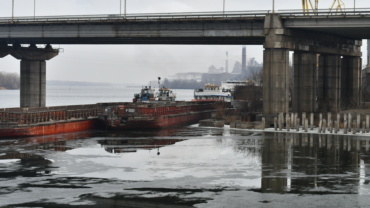
By Brigitte Rodriguez, Publishing Associate: Researcher & Writer at Save the Water™ | July 26, 2024
One of the most important sporting events is the Olympic Games. This year, the opening ceremony and…
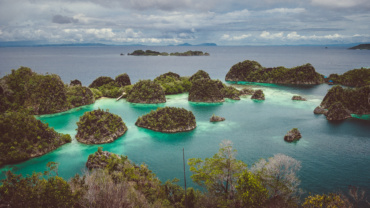
By Thu T. A. Nguyen, Publishing Associate: Researcher and Writer at Save the Water™ | July 15, 2024
Wastewater lagoons, or facultative lagoons and ponds, are engineered bodies of water used to treat…

By April Day, Publishing Consultant at Save the Water™ | July 10, 2024
Microplastics permeate water. In 2019, Koelmans and other researchers reviewed 50 studies of microplastics’ presence in drinking water. The researchers made…
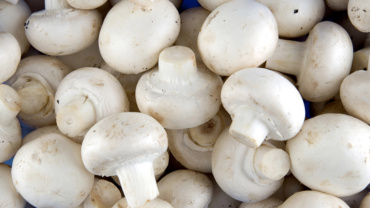
By Brigitte Rodriguez, Publishing Associate: Researcher & Writer for Save The Water™ | July 01, 2024
It’s known that there are many drawbacks to water pollution. In the fight against this type of…
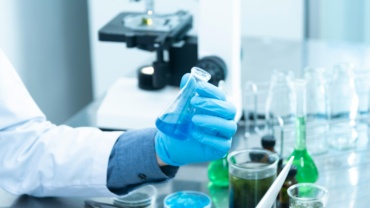
By Samhar Almomani, Publishing Associate : Researcher and Writer at Save the Water™ | June 18, 2024
Engineers at the Massachusetts Institute of Technology (MIT), Nanyang Technological University, and a number of…
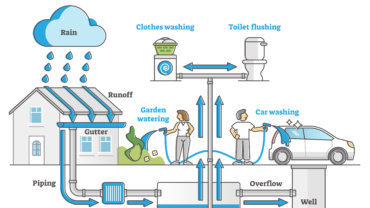
By Sakshi Kabra Malpani, Publishing Associate: Researcher and Writer at Save the Water™ | June 12, 2024
Rooftop rainwater harvesting is an ancient and sustainable approach to managing water resources. Currently,…
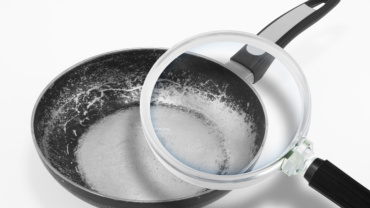
By Brigitte Rodriguez, Publishing Associate: Researcher & Writer for Save The Water™ | May 31, 2024
PFAS are known for creating a resistance shield against heat, grease, and stains. Therefore, we can find…
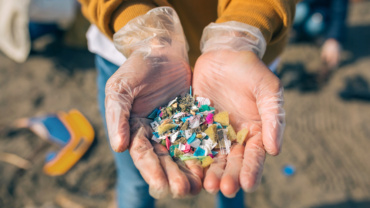
By Caroline Majewski, Publishing Associate: Researcher and Writer at Save the Water™ | May 17, 2024
Using Hydrogel to Remove Microplastics
Researchers at the Indian Institute of Science (IISc) have designed a hydrogel that…
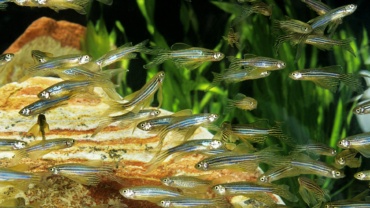
By Brigitte Rodriguez, Publishing Associate: Researcher & Writer for Save The Water™ | May 09, 2024
Water is essential to the conservation of ecosystems and living organisms. It also enables the growth and…
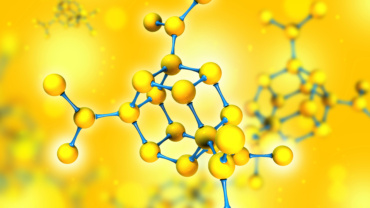
By Sakshi Kabra Malpani, Publishing Associate: Researcher and Writer at Save the Water™ | April 28, 2024
Researchers are harnessing light energy with photocatalysts to remove harmful pollutants from wastewater. Clean…
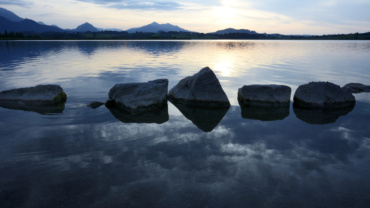
By Caroline Majewski, Publishing Associate: Researcher and Writer at Save the Water™ | April 23, 2024
Groundwater and Its Impacts
Rain and surface water filter through the ground and into the soil until it…
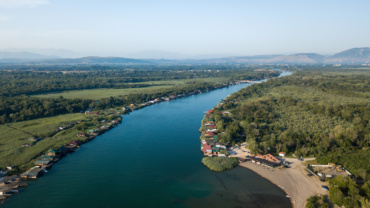
By Thu T. A. Nguyen, Publishing Associate: Researcher and Writer at Save the Water™ | April 17, 2024
Saltwater contamination (or saltwater intrusion) is a common issue along the coasts of many countries,…

By Samhar Almomani, Publishing Associate : Researcher and Writer at Save the Water™ | April 14, 2024
The state of California recently used electromagnetic technology to map its groundwater basins. Groundwater…
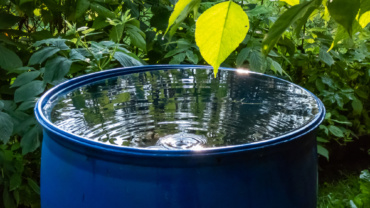
By Brigitte Rodriguez, Publishing Associate: Researcher & Writer for Save The Water™ | March 30, 2024
In Utah, water conservation is essential because water is scarce. In addition, Utah has an…
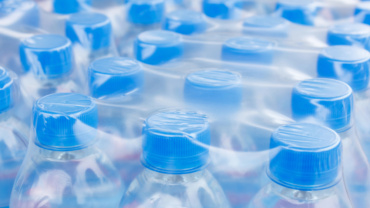
By Caroline Majewski, Publishing Associate: Researcher and Writer at Save the Water™ | March 23, 2024
“The bottled water market saw 73% growth from 2010 to 2020, and consumption is on track to increase…
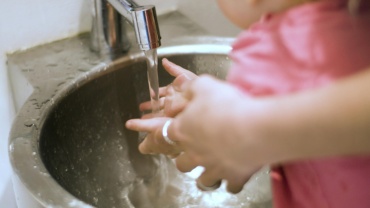
By Samhar Almomani, Publishing Associate : Researcher and Writer at Save the Water™ | March 17, 2024
A new study uncovered that boiling tap water could remove at least 80 percent…
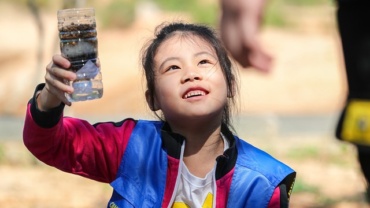
By Thu T. A. Nguyen, Publishing Associate: Researcher and Writer at Save the Water™ | March 08, 2024
The rising amount of toxins found in drinking water sources has made water filtration more…

By Caroline Majewski, Publishing Associate: Researcher and Writer at Save the Water™ | February 24, 2024
“The fundamental issue is, are we going to burn food in our planes?” (Lashof, 2023, para. 3).
Sustainable Aviation…
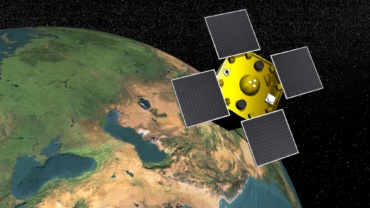
By Samhar Almomani, Publishing Associate : Researcher and Writer at Save the Water™ | February 17, 2023
Satellite-based technology is part of the latest push to ensure sustainable water management, an…
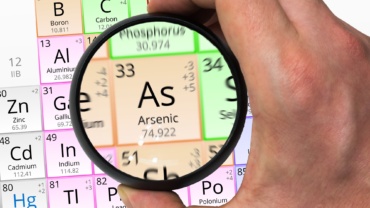
By Brigitte Rodriguez, Publishing Associate: Researcher & Writer for Save The Water™ | February 12, 2024
Arsenic is a chemical element present in air, water, and land . It’s a…
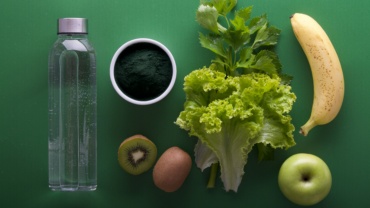
By Sakshi Kabra Malpani, Publishing Associate: Researcher and Writer at Save the Water™ | January 30, 2024
Fruit peel waste, a food industry byproduct, recently gained attention as a potential eco-friendly…

By Caroline Majewski, Publishing Associate: Researcher and Writer at Save the Water™ | January 25, 2024
“Three quarters of large U.S. meat processing plants that discharge their wastewater directly into streams and rivers violated…
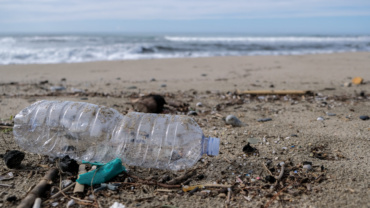
By Samhar Almomani, Publishing Associate : Researcher and Writer at Save the Water™ | January 17, 2024
Plastic particles were always known to exist in bottled water, but the amount of plastic…

By April Day, Publishing Consultant at Save the Water™ | January 12, 2024
Artificial Intelligence, or “AI,” has become very popular. It can harness a lot of data and output information…
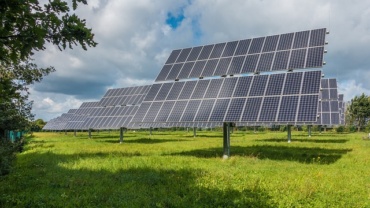
By Brigitte Rodriguez, Publishing Associate: Researcher & Writer for Save The Water™ | Decembe r 23, 2023
Researchers have introduced a novel eco-friendly method for generating clean water known as solar evaporation…

By Thu T. A. Nguyen, Publishing Associate: Researcher and Writer at Save the Water™ | December 11, 2023
Unfortunately, per- and polyfluoroalkyl substances (PFAS) have become familiar to many of us. These chemicals…
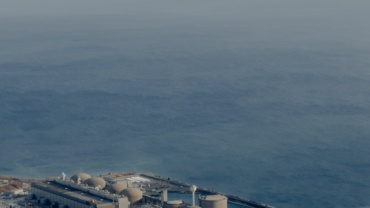
By Samhar Almomani, Publishing Associate : Researcher and Writer at Save the Water™ | November 17, 2023
Oneka Technologies is developing floating desalination machines with the goal of turning seawater into…
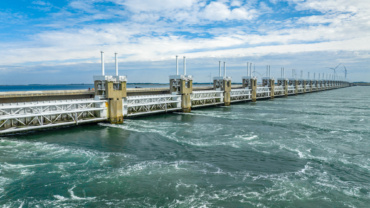
By Thu T. A. Nguyen, Publishing Associate: Researcher and Writer at Save the Water™ | November 3, 2023
Water is the most important substance for life. However, freshwater sources can be threatened in…
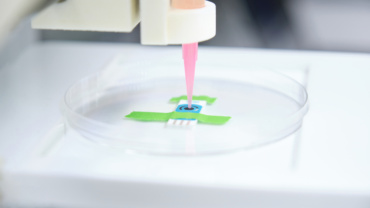
By Brigitte Rodriguez, Publishing Associate: Researcher & Writer for Save The Water™ | October 29, 2023
At the University of California, San Diego, researchers have made a groundbreaking discovery in the fight against…

By Caroline Majewski, Publishing Associate: Researcher and Writer at Save the Water™ | October 15, 2023
“New Hampshire applies more salt to its roads in the winter than the majority of the country” (Barndollar,…
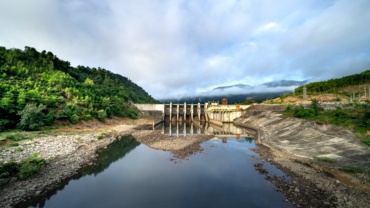
By Samhar Almomani, Publishing Associate : Researcher and Writer at Save the Water™ | October 10, 2023
Solar energy is being explored as a promising way of creating a sustainable freshwater supply.…
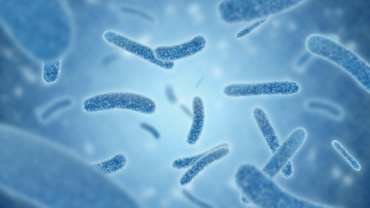
By Samhar Almomani, Publishing Associate : Researcher and Writer at Save the Water™ | September 23, 2023
Legionnaires’ disease may be an unfamiliar disease to many people. Currently, it only infects around…

By Brigitte Rodriguez, Publishing Associate: Researcher & Writer for Save The Water™ | September 16, 2023
The Japanese Government is preparing to release the radioactive water from the Fukushima disaster into the ocean…
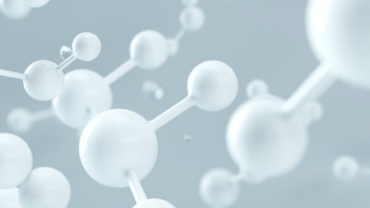
By Sakshi Kabra Malpani, Publishing Associate: Researcher and Writer at Save the Water™ | September 09, 2023
Magnetic nanoparticles are new, non-toxic, reusable, eco-friendly materials that can remove pollutants from wastewater.…

By Thu T. A. Nguyen, Publishing Associate: Researcher and Writer at Save the Water™ | August 31, 2023
Despite advances in medicine, technology, and infrastructure, lead stays a leading concern for many…
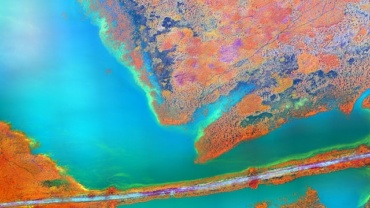
By Caroline Majewski, Publishing Associate: Researcher and Writer at Save the Water™ | August 23, 2023
The New Sponge
Algal blooms are an increasing worry in our water systems. Current ways of getting rid…
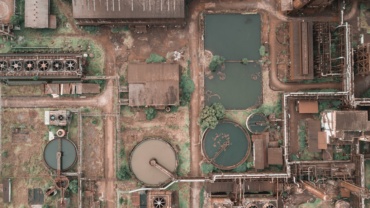
By Samhar Almomani, Publishing Associate : Researcher and Writer at Save the Water™ | August 16, 2023
Reverse osmosis is currently used to purify water, but companies are looking to move to…

By Brigitte Rodriguez, Publishing Associate: Researcher and Writer at Save the Water™ | August 08 , 2023
Acid rain is a serious environmental problem. It puts all human life and…
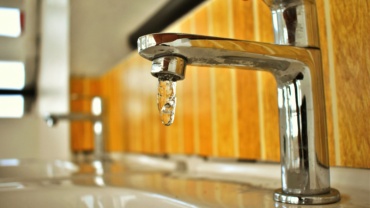
By Samhar Almomani, Publishing Associate : Researcher and Writer at Save the Water™ | July 28, 2023
"Forever Chemicals," or PFAS—per- and polyfluoroalkyl substances—chemicals, were found in nearly half of US faucets,…
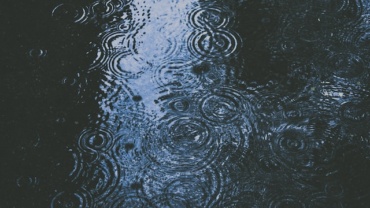
By Caroline Majewski, Publishing Associate: Researcher and Writer at Save the Water™ | July 21, 2023
How Rain Gardens Reduce Pollution
Rain gardens counter growing urban areas and resulting pollution. The rain gardens act…
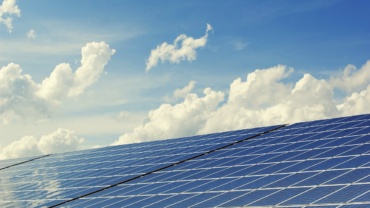
By: Julia Lee | Publishing Associate: Researcher and Writer at Save the Water™ | July 17, 2023
Solar arrays floating on water bodies are gaining traction in the United States. One of North America’s…
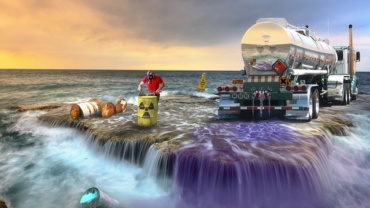
By Thu T. A. Nguyen, Publishing Associate: Researcher and Writer at Save the Water™ | June 20, 2023
Radioactive waste, or spent fuel from nuclear plants, is a rising topic for discussion in…
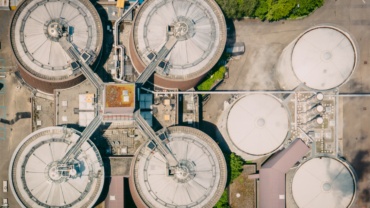
By Samhar Almomani, Publishing Associate : Researcher and Writer at Save the Water™ | June 15, 2023
Wastewater can now be treated using bioelectrochemical systems (BESs) . Industries that produce pharmaceuticals and…
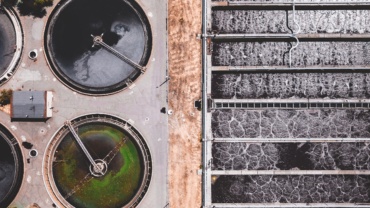
By Sakshi Kabra Malpani, Publishing Associate: Researcher and Writer at Save the Water™ | June 09, 2023
Sand filtration is an old yet sustainable and cheap water purification technique. Water pollution…
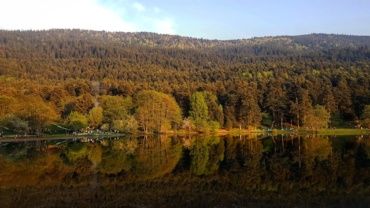
By Caroline Majewski, Publishing Associate: Researcher and Writer at Save the Water™ | June 1, 2023
Watersheds and Surface Water
A watershed is a land area that drains surface water into streams and rivers.…
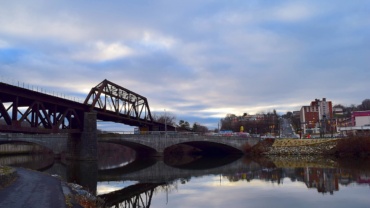
By: Julia Lee, Publishing Associate: Researcher and Writer at Save the Water™| May 27, 2023
A pipe ruptured in Pennsylvania and released between 8,100 and 12,000 gallons of chemicals into the Delaware River. The…
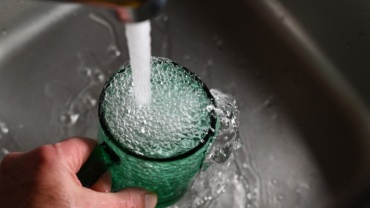
By Samhar Almomani, Publishing Associate : Researcher and Writer at Save the Water™ | May 21, 2023
Forever Chemicals, i.e., per- and polyfluoroalkyl substances (PFAS), are difficult to eliminate and stay in…
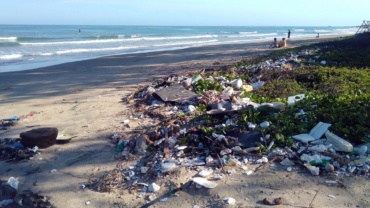
By Brigitte Rodriguez, Associate Researcher & Writer for Save The Water™ | May 15, 2023
Waste has a huge impact on the environment, on water, and particularly on aquatic systems. Disposing of freshwater…
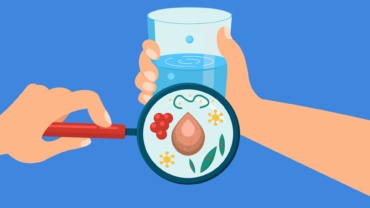
By: Julia Lee, Publishing Associate: Researcher and Writer at Save the Water™| May 10, 2023
The Environmental Protection Agency (EPA) announced in March that it will begin regulating six Per- and Polyfluoroalkyl Substances (PFAS),…
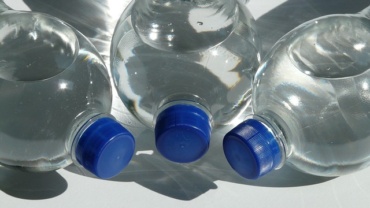
By Thu T. A. Nguyen, Publishing Associate: Researcher and Writer at Save the Water™ | May 5, 2023
Bottled water has become more accessible to citizens than safe drinking tap…
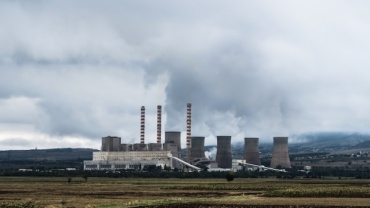
And What that Means for You
By Caroline Majewski, Publishing Associate: Researcher and Writer at Save the Water™ | April 22, 2023
What is the Steam Electric Power Generating Category?
Steam electrical plants heat water…
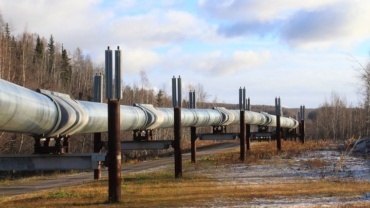
By Sakshi Kabra Malpani, Publishing Associate: Researcher and Writer at Save the Water™ | April 18, 2023
Many gasses like methane are dissolved in water which acts as sources of various…
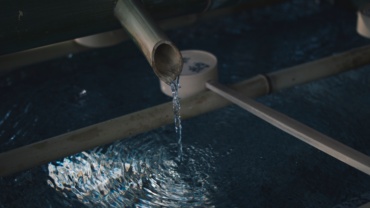
By Samhar Almomani, Publishing Associate : Researcher and Writer at Save the Water™ | April 14, 2023
The Environmental Protection Agency (EPA) found that millions of citizens in the U.S. are…
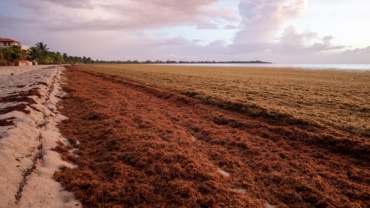
By Julia Lee, Publishing Associate at Save the Water™ | April 10 2023
A 5,000 mile belt of seaweed roaming the Atlantic Ocean is expected to approach Florida beaches and other shorelines along the…
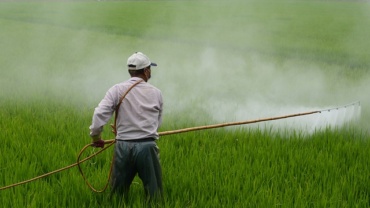
By Brigitte Rodriguez, Associate Researcher & Writer for Save The Water™ | April 4, 2023
Pesticides are used all over the world in order to sustain the demand for food. However, the spraying…
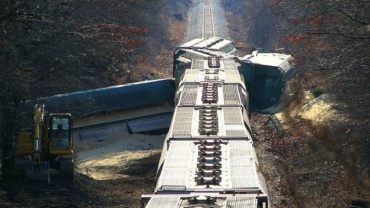
By Samhar Almomani, Publishing Associate : Researcher and Writer at Save the Water™ | March 23, 2023
On February 3, 2023, residents of East Palestine, Ohio learned about a Norfolk Southern…
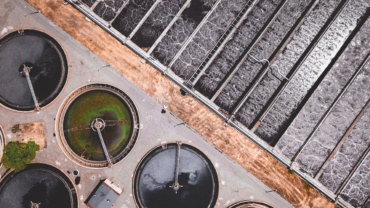
By Sakshi Kabra Malpani, Publishing Associate: Researcher and Writer at Save the Water™ | March 04, 2023
Pure and clean drinking water is our basic right. Poor and outdated wastewater management…
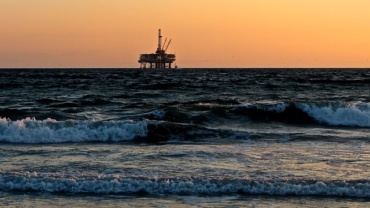
By Brigitte Rodriguez, Associate Researcher & Writer for Save The Water™ | February 25, 2023
The seaside resort of Ancón, Peru is very popular for its important economic fishing activity. However, the oil…
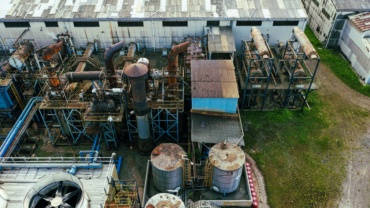
By Samhar Almomani, Publishing Associate : Researcher and Writer at Save the Water™ | February 20, 2023
In December 2022, an oil spill in a creek located in northeastern Kansas…
By Mitriy Krause
Thirty years ago, Florida was hit by the worst natural disaster to ever strike the United States at that time. The lives of 65 individuals were lost to Hurricane Andrew, in…
By Victor Rivera-Diaz
With construction beginning in April of 2020, the replacement of the northbound Howard Frankland Bridge on Old Tampa Bay is an ongoing endeavor. It is an $814 million infrastructural …
By April Day
Unlike other recent years, this summer, Florida’s residents and visitors enjoyed clear water. The perennial beach closures and canals clogged with toxic algae were missing. The absence of discharges from…
By April Day
Saltwater intrusion is and will likely remain a continuing problem in Florida, particularly south Florida. According to the United States Geological Survey, saltwater intrusion has been increasing in Florida in…
By April Day
Orange County, Florida is one of the largest and latest localities in the country to join a growing global movement advocating for the “rights of nature”. In Nov. 2020, the…
By Lauren Hansen
Finland-based environmental technology company Wärtsilä and Italy-based shipping company Grimaldi Group have launched a new technology that uses exhaust gas scrubbers on shipping vessels to gather large amounts of microplastics out…
By April Day
The Biden Administration aims to address a class of chemical compounds called the “forever chemicals,” per and polyfluoroalkyl substances. These forever chemicals are used for different applications and products such…
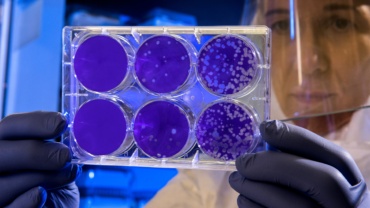
By Sakshi Kabra Malpani, Publishing Associate: Researcher and Writer at Save the Water™ | January 30, 2023
Increasing city culture, industries, use of electronic equipment, and many more processes have…
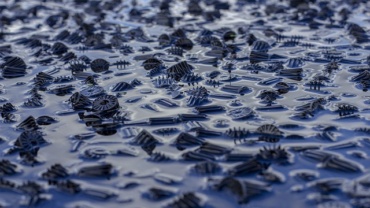
By Brigitte Rodriguez, Associate Researcher & Writer for Save The Water™ | January 25, 2023
In recent years, PFAS pollution has become a major issue. PFAS contains chemicals that can endanger humans. They…

By Samhar Almomani, Publishing Associate : Researcher and Writer at Save the Water™ | January 13, 2023
A shocking new report has revealed that manure-laced litter has resulted in increasing…
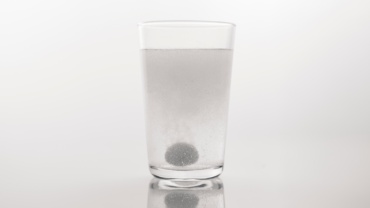
By Sakshi Kabra Malpani, Publishing Associate: Researcher and Writer at Save the Water™ | December 9, 2022.
After their discovery in the nineteenth century, humans use antibiotics more and more. …
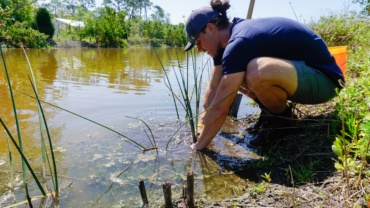
By Mitriy Krause, Associate Researcher & Writer for Save The Water™ | December 2, 2022
The term water stewardship has been popping up more and more often. What exactly is it? Why is it…

By Brigitte Rodriguez, Associate Researcher & Writer for Save The Water™ | November 26, 2022
In recent years, companies have grown more interested in developing eco-friendly technologies in the textile industry. However, making…

By Samhar Almomani, Publishing Associate : Researcher and Writer at Save the Water™ | November 21, 2022
Microplastics are defined as “particles smaller than five millimeters.” Microplastics are caused by the…
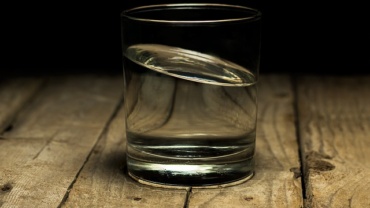
By Brigitte Rodriguez, Associate Researcher & Writer for Save The Water™ | November 1, 2022
In recent years, scientists have been developing new technologies for making drinking water. However, these technologies use…
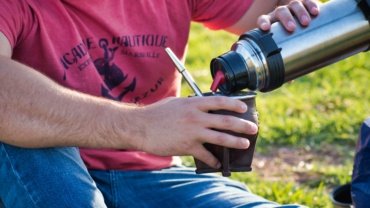
By Samhar Almomani, Publishing Associate : Researcher and Writer at Save the Water™ | October 24, 2022
Many people feel helpless when it comes to advocating for positive change. There are big…
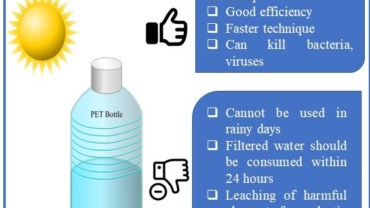
By Sakshi Kabra Malpani, Publishing Associate: Researcher and Writer at Save the Water™ | October 19, 2022.
SODIS is a World Health Organization (WHO)-approved, cheap, old-school process commonly used for domestic…
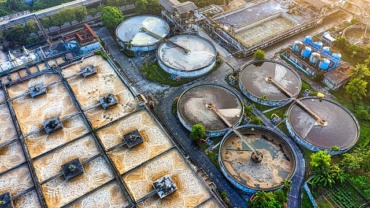
By Brigitte Rodriguez, Associate Researcher & Writer for Save The Water™ | October 1, 2022
In recent years, scientists have been developing more new technologies for water desalination. However, these technologies use large…
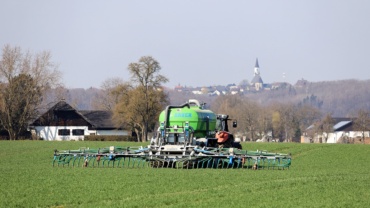
By Mitriy Krause, Associate Researcher & Writer for Save The Water™ | September 24, 2022
We all need to eat. Food is a basic need. Food can also be delicious, social, and fun. But…
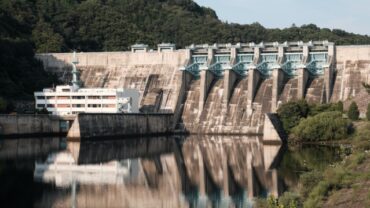
By Samhar Almomani, Publishing Associate Researcher & Writer at Save the Water™ | September 15, 2022
In late August, Missippi’s Governor declared a water emergency for the residents of Jackson, Mississippi .…
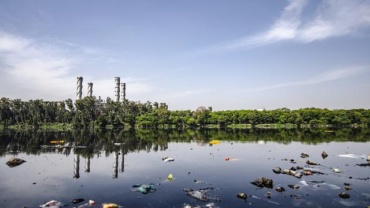
By Brigitte Rodriguez, Associate Researcher & Writer for Save The Water™ | September 3, 2022
Wastewater treatment has become a major issue in recent years. However,the Moving Bed Biofilm Reactor (MBBR) is…
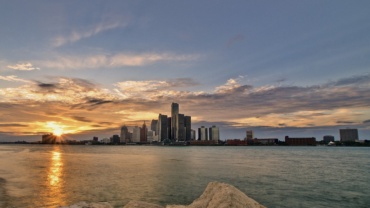
By Mitriy Krause, Associate Researcher & Writer for Save The Water™ | August 15, 2022
The Great Lakes contain over 20% of the world's freshwater. Now, their infrastructure is falling apart. Lead piping issues…
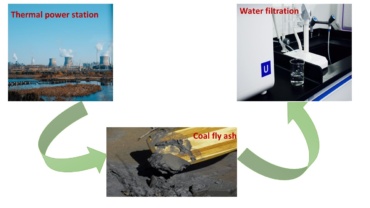
By Sakshi Kabra Malpani, Publishing Associate: Researcher and Writer at Save the Water™ | August 5, 2022
Coal fly ash, a by-product of thermal power stations, has always been a potential threat to…
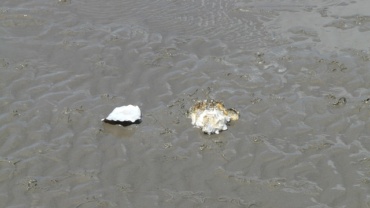
By Brigitte Rodriguez, Associate Researcher & Writer for Save The Water™ | July 29, 2022
PFAS have become a major issue in recent years. They are a chemical pollutant that´s very concerning. PFAS…
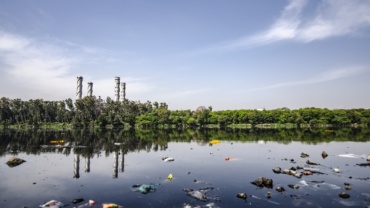
By Mitriy Krause, Associate Researcher & Writer for Save The Water™ | July 18, 2022
Clothing is a way to express ourselves. It’s a way to feel comfortable or confident. Sadly, our style choices…
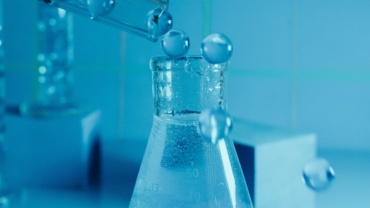
By Lauren Hansen, Staff Researcher/Writer at Save the Water™ | June 27, 2022
Keeping the correct level of ammonia in water is a tricky balance to strike. Though it disinfects our water, too…
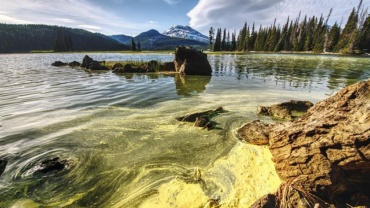
By Brigitte Rodriguez, Associate Researcher & Writer for Save The Water™ | June 25, 2022
Eutrophication is the excess of nutrients in water. As a form of nutrient pollution, it can have negative…
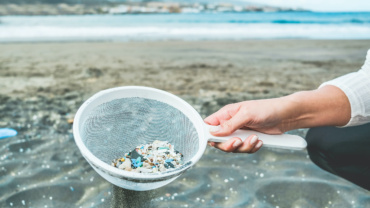
By Mitriy Krause, Associate Researcher & Writer for Save The Water™ | June 16, 2022
Microplastics have become a household topic in the last few years. They are a physical pollutant that’s very worrying.…
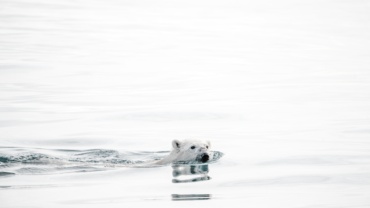
By Lauren Hansen, Staff Researcher/Writer at Save the Water™ | May 26, 2022
A recent study shows that plastic pollution has now reached the Arctic Ocean, even though only four…
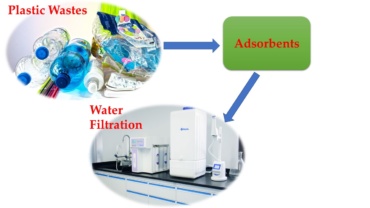
By Sakshi Kabra Malpani, Publishing Associate: Researcher and Writer at Save the Water™ | May 20, 2022
Using our plastic waste to purify water can be a game-changer to fight water pollution. Most…
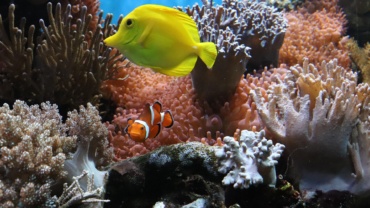
By Mitriy Krause, Associate Researcher & Writer for Save The Water™ | May 13, 2022
Coral reefs are centers for ocean biodiversity. These biodiversity hubs have been at risk of extinction for some time…
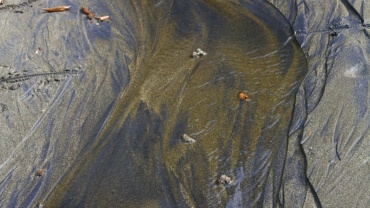
By Lauren Hansen, Staff Researcher/Writer at Save the Water™ | May 1, 2022
Researchers at the University of British Columbia’s Okanagan (UBCO) campus have discovered a promising new method for identifying…
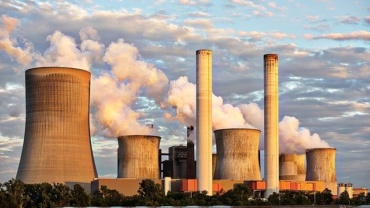
By Apurva Makashir, Publishing Project Leader at Save the Water™ | April 21, 2022
Did you know that coal ash , a harmful byproduct of coal power plants, has been a threat…
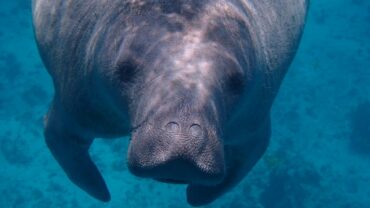
By April Day, Director of Publishing at Save the Water™ | March 31, 2022
Florida’s manatees made sailors dream of beautiful women. Now, however, people’s pollution is killing manatees. In brief, people’s pollution causes…
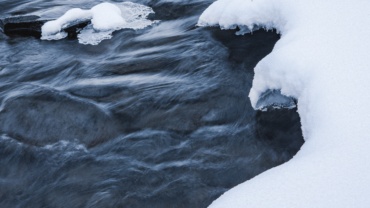
By Lauren Hansen, Staff Researcher/Writer at Save the Water™ | March 1, 2022
For much of the United States, the winter season is when snow and ice make roads slippery and dangerous for…

By Emma Cheriegate, Staff Researcher & Writer at Save the Water™ | February 24th, 2022
Many Americans hear “water crisis” and think of one place: Flint, Michigan. Lead contaminated their drinking water supply…
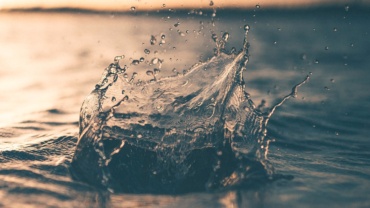
By Lauren Hansen, Staff Researcher/Writer at Save the Water™ | January 24, 2022
Did you know that water is a vital part of processes that create products and services we use every day?…
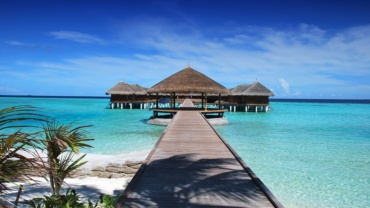
By Emma Cheriegate, Staff Researcher & Writer at Save the Water™ | January 20th, 2022
We tend to picture island nations as beaches lined with clean coastlines, surrounded by crystal-clear ocean water. They…
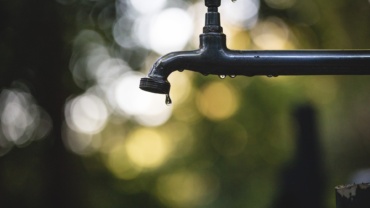
By Lauren Hansen, Staff Researcher/Writer at Save the Water™ | December 18, 2021
In October 2021, a state official urged residents of Benton Harbor, Michigan to use bottled water for drinking and cooking.…
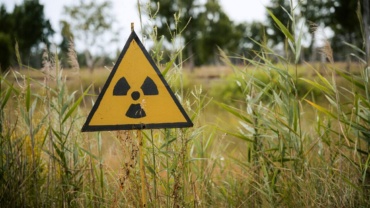
Source (no endorsement)
By Matthew Taylor, Associate Researcher & Writer for Save The Water™ | November 30, 2021
When you think of contaminants in water, things like arsenic, lead, or E. coli…
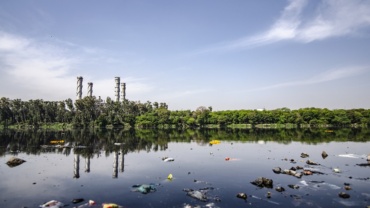
By Emma Cheriegate, Staff Researcher & Writer at Save the Water™ | November 27, 2021
Water’s nickname is the “ universal solvent ” due to its capacity to dissolve more material than any…
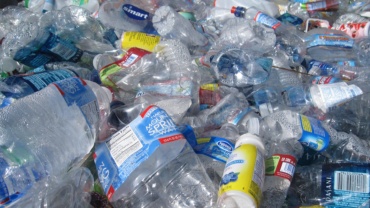
By Lauren Hansen, Staff Researcher/Writer at Save the Water™ | November 18, 2021
The Great Pacific Garbage Patch may sound like the name of a scary ocean creature. It’s not - but it…

By Lauren Hansen, Staff Researcher/Writer at Save the Water™ | November 3, 2021
Earlier this month, a leak in an underwater crude oil pipeline leaked thousands of gallons of oil into the Pacific…

By Emma Cheriegate, Staff Researcher & Writer at Save the Water™ | October 29th, 2021
Credit programs to mitigate pollution are no stranger to current-day environmental conversations. The idea of emitters gaining buyer…
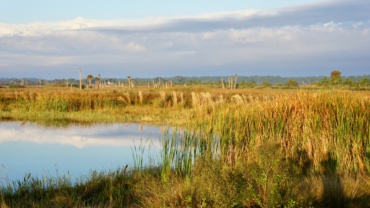
Source (no endorsement)
By Matthew Taylor, Associate Researcher & Writer for Save The Water™ | October 24, 2021
Did you know that there are other ways to treat water besides using traditional systems…
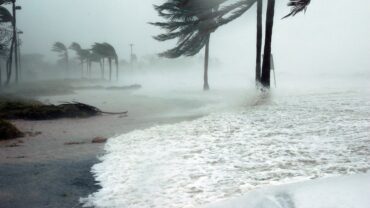
By Emma Cheriegate, Staff Researcher & Writer at Save the Water™ | October 4th, 2021
In June of 2021, Save the Water™ published an article on the dangers lurking in local…
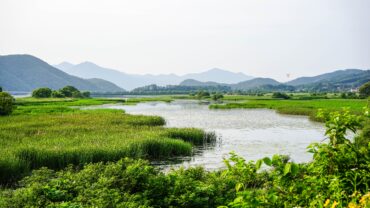
Source (no endorsement)
By Matthew Taylor, Associate Researcher & Writer for Save The Water™ | September 27, 2021
When you think of water treatment, you probably think of water treatment plants in your…
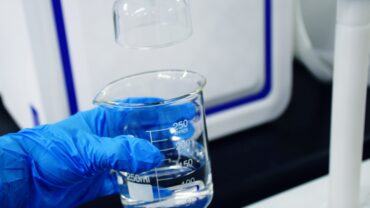
By Lauren Hansen, Staff Researcher/Writer at Save the Water™ | September 23, 2021
Researchers at Tufts University have designed a synthetic polymer membrane that can separate fluoride from chloride and…
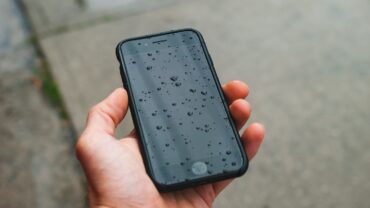
By Lauren Hansen, Staff Researcher/Writer at Save the Water™ | August 31, 2021
For the first time, smartphone touchscreens can detect water contamination.
Touchscreen Technology: the Findings of Water Testing Technology
…
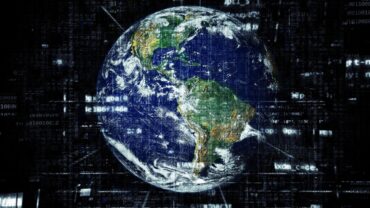
By Emma Cheriegate, Staff Researcher & Writer at Save the Water™ | August 30th, 2021
For the everyday person, the number and complexity of steps required to maintain safe drinking water are hard…
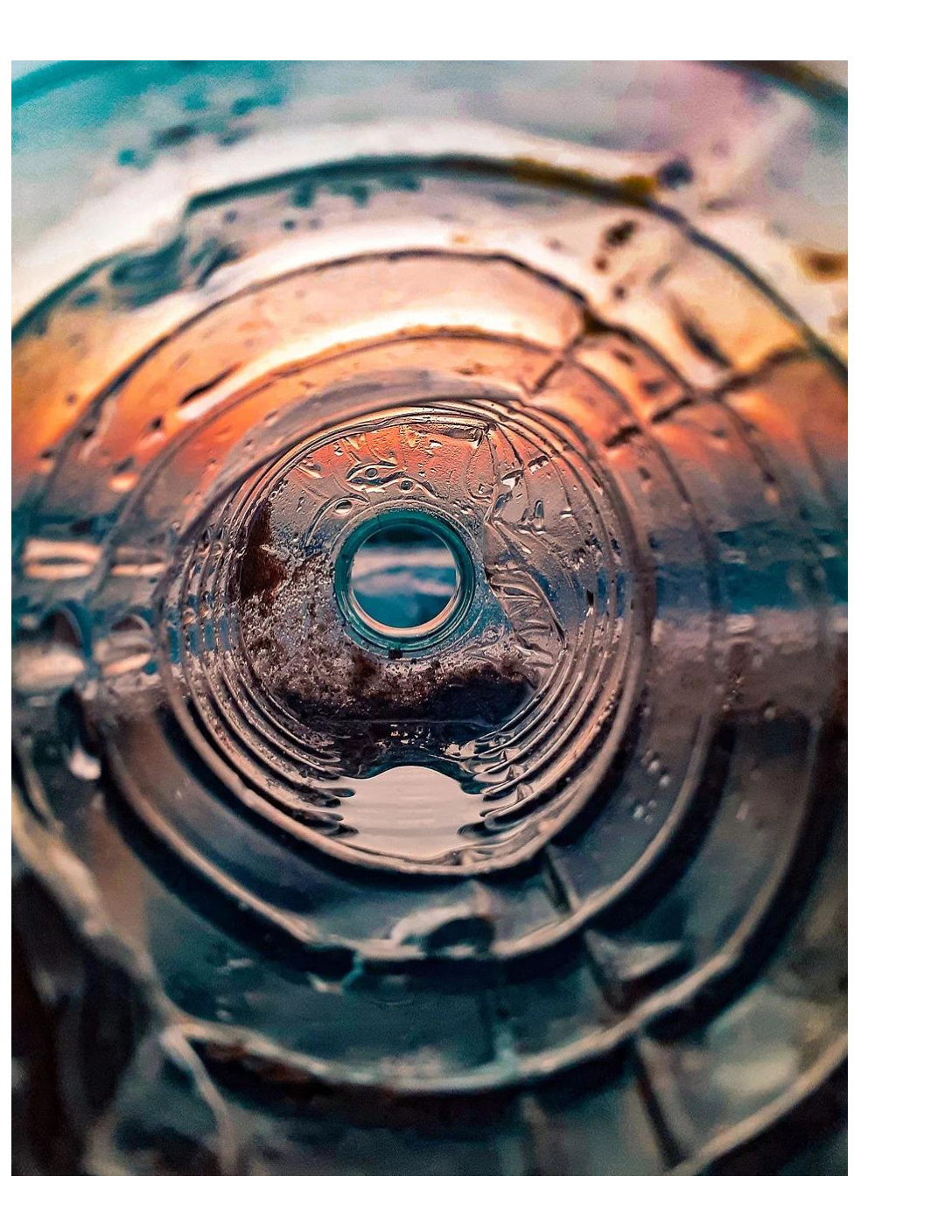
By Hamideh Soltani-Ahmadi, Project Leader at Save the Water™| Aug 28, 2021
In our recently published article “Un-well” Water: What quality issues could be lurking in your well?, we explained what private wells…
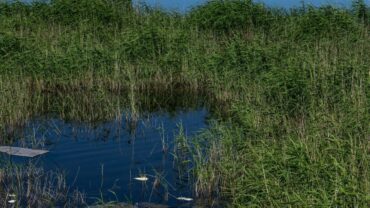
Source (no endorsement)
By Matthew Taylor, Associate Researcher & Writer for Save The Water™ | August 23, 2021
As society continues to industrialize and people consume more, our water is becoming more and…
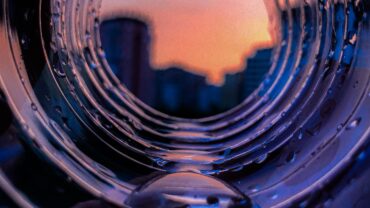
By Hamideh Soltani-Ahmadi, Project Leader at Save the Water™ | August 5th, 2021
Wells are an important source of water that first originated in ancient times but are still used today for many activities…
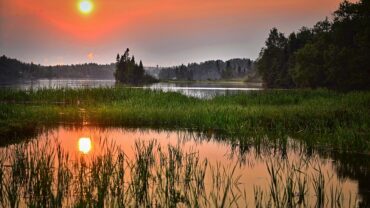
By Emma Cheriegate, Staff Researcher & Writer at Save the Water™ | August 3rd, 2021
When you see water pouring from your sink, you probably don’t imagine the journey it took to get…

Source (no endorsement)
By Matthew Taylor, Associate Researcher & Writer for Save The Water™ | August 1, 2021
Treating water is already challenging enough. Yet in remote and underdeveloped areas, water treatment comes with…
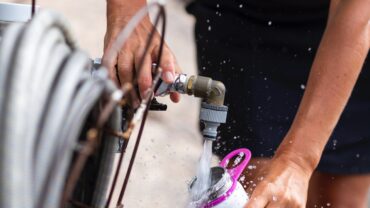
Source (no endorsement)
By Matthew Taylor, Associate Researcher & Writer for Save The Water™ | June 30, 2021
Municipal water treatment systems are some of the unsung heroes in our lives. Without them,…
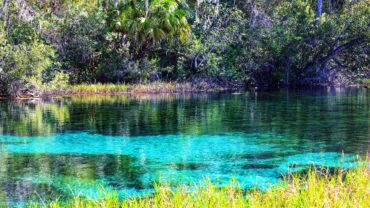
By Amanda Fogleman, Writer and Researcher at Save the Water ™ | June 19th, 2021
Anyone can walk on water—it’s just trapped in the ground you stand on. Across the United States, groundwater…
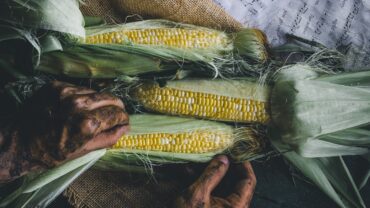
By Lauren Hansen, Staff Researcher/Writer at Save the Water™ | June 17, 2021
What is corn waste, and what’s so great about it?
Recent lab research at UC Riverside has…
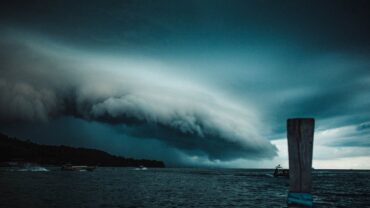
Don't swim after rainfall to save yourself a lot of aches and pains.
By Nicole Halper, Publishing Associate with Save the Water™ | June 9, 2021
Summer is here and it’s finally time…
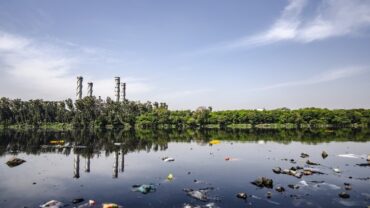
By En Qi Teo, Staff Writer & Researcher for Save The Water™ | May 23, 2021
When we think of changing someone’s behavior, a “carrot or stick” motivational approach may come to mind.…
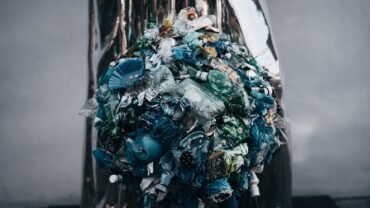
By Maria Fierro, Associate Editor at Save the Water™ | May 19, 2021
From microscopic glitter particles to full-sized shampoo bottles, the beauty industry has become a major contributor to …
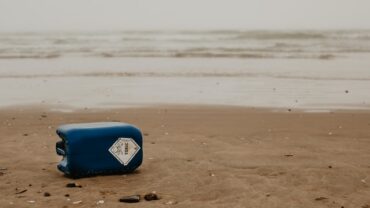
Source (no endorsement)
By Matthew Taylor, Associate Researcher & Writer for Save The Water™ | May 16, 2021
When it comes to water, one of the biggest problems is tough-to-remove substances. If these substances are present…

By Victor Rivera-Diaz, Researcher and Writer for Save The Water ᵀᴹ | May 14, 2021
Coastal waters around the globe face a seemingly invisible threat—nutrient pollution from groundwater discharge. The problem substances…
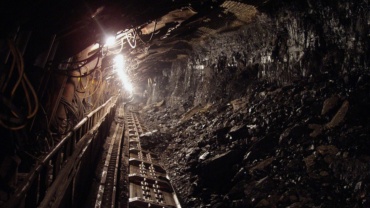
By Matthew Taylor, Associate Researcher & Writer at Save The Water™ | May 3, 2021
A mine reaches the end of its life cycle when the supply of ore that is being extracted, such…
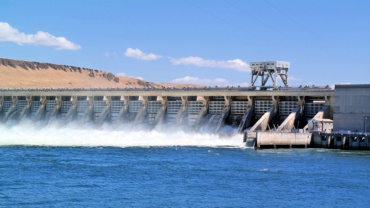
Lauren Hansen, Staff Researcher/Writer for Save the Water™, Updated December 18, 2021
The disaster in Piney Point in April 2021 is the latest instance of infrastructure failure in Florida. Phosphate mine…

By Amanda Fogleman, Writer and Researcher for STW™ | April 22, 2021
The Florida Everglades are currently undergoing the largest restoration of a wetland to date, and for good reason. As one of…

By April Day, Director of Publishing for Save the Water™ | April 13, 2021
On April 3, 2021, Florida Governor Robert DeSantis declared an emergency. A structure holding back 480 million gallons (1.8 billion…

By Matthew Taylor, Associate Researcher & Writer at Save The Water™ | March 30, 2021
Not every water purification technology matches a given situation effectively. For example, their ability to remove some contaminants from…
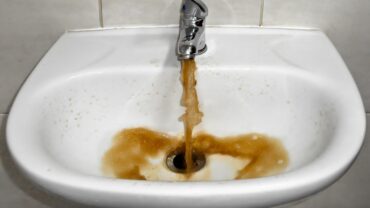
By Victor Rivera-Diaz, Staff Researcher & Writer at Save The Water™ | March 29, 2021
Not all water is created equal: the 140,000 public water systems (PWS) flowing throughout the United States drastically differ…
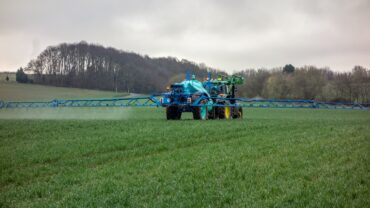
By Amanda Fogleman, Researcher and Writer at Save the Water ™ | March 29, 2021
As the Earth’s population continues to increase, securing a stable food source becomes essential. Farmers seek ways to…

By Victor Rivera-Diaz, Staff Researcher and Writer at Save The Water™ | March 5, 2021
The naturally occurring metal strontium (Sr) is contaminating drinking-water wells across the United States. Among the most affected regions,…
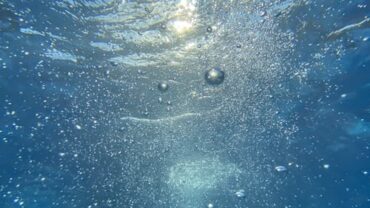
Volunteers at Save The WaterTM researched and wrote a literature review about water contamination from a group of chemicals known as per- and polyfluoroalkyl substances, often referred to by the acronym PFAS. The…
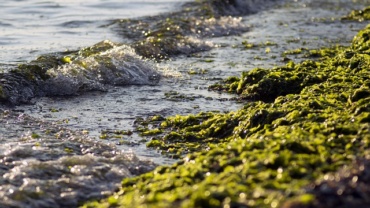
Lauren Hansen, Staff Researcher/Writer
Have you ever visited Florida’s Gulf Coast only to find that beaches were closed and smell a fishy odor hanging in the air even a few miles inland? These…
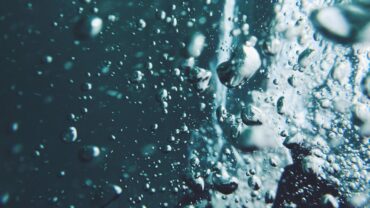
Source
By En Qi Teo, Staff Researcher & Writer at Save The Water™ | February 17, 2021
Our need for clean water constantly sparks new innovations, and researchers have even found…
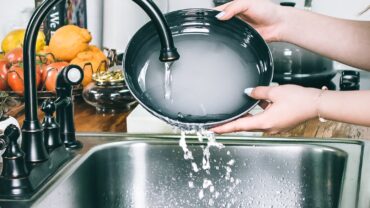
February 1, 2021
Lauren Hansen, Staff Researcher/Writer
Photo by Tina Dawson on Unsplash (no endorsement)
"Nothing lasts forever," including the so-called "forever" chemicals. "Forever" chemicals are harmful compounds often found in water. But…
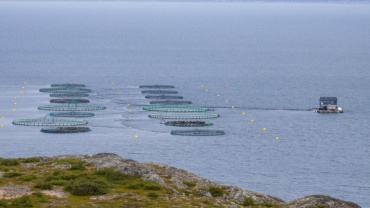
By En Qi Teo, Staff Researcher & Writer at Save The Water™ | January 29, 2021
Aquaculture, or the breeding of fish, shellfish and aquatic plants, plays an important role in providing…
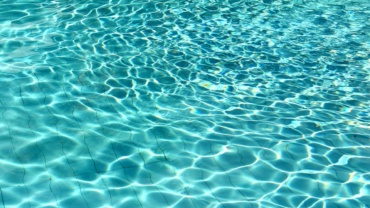
By Lauren Hansen, Staff Researcher/Writer | December 20, 2020
Chlorine in drinking water can have toxic effects on the human body, according to a study earlier this year. Long-term exposure to…
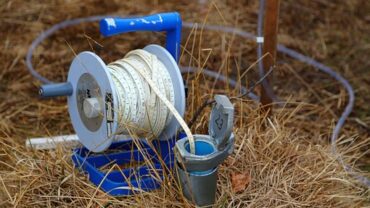
By Victor Rivera-Diaz, Staff Researcher and Writer at Save The Water™ | December 18, 2020
The Central Valley of California is a fertile, flat region of 20,000 square miles. Long regarded as a…
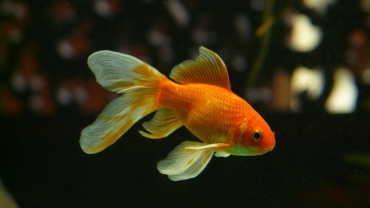
By En Qi Teo, Staff Researcher & Writer at Save The Water™ | December 10, 2020
The common goldfish are popular pets due to their low prices and low-maintenance…

By En Qi Teo, Staff Researcher & Writer at Save The Water™ | November 24, 2020
Human societies have made enormous technological leaps, especially in the 21st century. Because of the technological prowess…
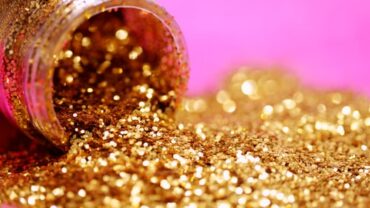
By Victor Rivera-Diaz, Staff Researcher & Writer at Save The Water™ | November 18, 2020
Glitter, the tiny particles that add a glint to any occasion, can have not-so-joyous consequences. Instead, they can…
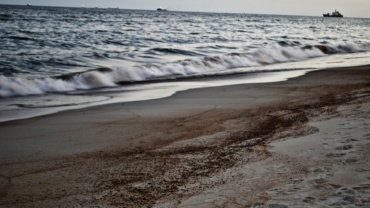
By, Staff Writer and Researcher for Save The Water™| November 08, 2020
The electroflocculation system (e Floc ™) is a cost-effective water purification system that can process up to 50 gallons per minute…
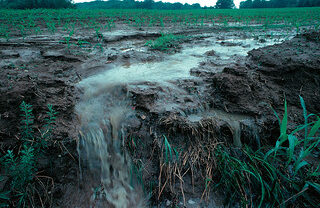
By Ciara Kavanagh, Staff Writer & Researcher for Save The Water™ | November 5, 2020
"Water, water, everywhere! But not a drop to drink."
The poet Samuel Taylor Coleridge was talking about the deep…
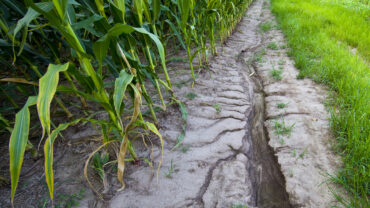
By Ciara Kavanagh, Staff Writer & Researcher for Save The Water™, and April Day, Publishing Director for Save The Water™ | October 31, 2020
"Water, water, everywhere! But not a drop to drink."
The…
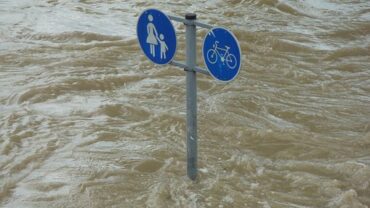
By April Day, Publishing Director for Save The Water™ | October 1, 2020
The year 2020 has brought a lot of challenges: COVID-19 pandemic, California wildfires, Atlantic hurricane season, flooding in Sudan, earthquakes, tornadoes.…
eNox™ System
By Victor Rivera-Diaz, Staff Researcher and Writer at Save The Water™
Here at Save The Water ™ , we have developed an advanced water purification solution called the eNox ™…
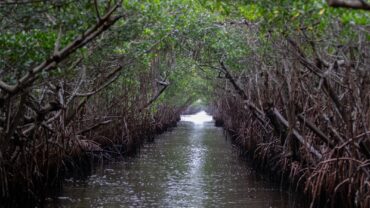
By Victor Rivera-Diaz, Staff Writer & Researcher at Save The Water™ | August 12, 2020
With a river system unlike any other, the Everglades in southern Florida is a subtropical wilderness filled with life.…
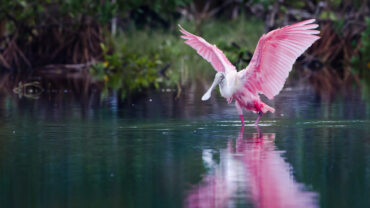
By Jamera Bradley, Staff Writer and Researcher for Save The Water™| July 23, 2020
The Everglades is a vast wetland ecosystem located in southern Florida, commonly known as the "River of Grass". It…
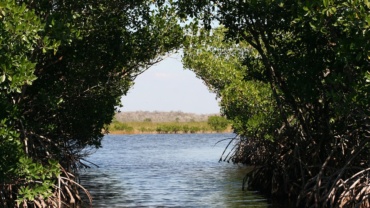
By En Qi Teo, Staff Writer & Researcher for Save The Water™ | July 6, 2020
The Everglades National Park occupies 1.5 million-acres of tropical and subtropical wetlands in Florida, and hosts at…

By Matisse Emanuele, Staff Writer & Researcher for Save The Water™ | July 3, 2020
The Everglades are one of the most diverse wetlands in the world. Located in South Florida, they are a…
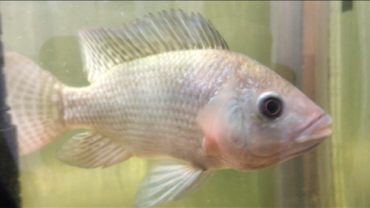
By Harry Petaway, Staff Writer and Researcher for Save the Water™ | March 16th, 2020
Aquaponics is an Interesting Way to Conserve Water and to Produce Quality Food
What is “aquaponics”? An aquaponics system…
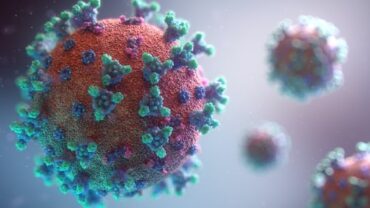
By Jamera Bradley, Staff Writer and Researcher for Save The Water™| May 31, 2020
What do we know?
The latest coronavirus and previous coronaviruses can live in untreated wastewater for several days. However,…
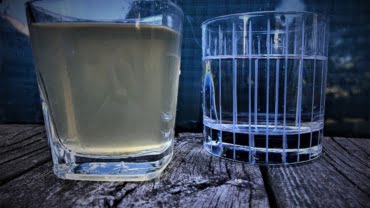
"Water Faucet" By Harry Petaway
By Harry Petaway, Staff Writer and Researcher for Save the Water™ | May 31, 2020
Clean water is essential during a pandemic
Time will tell the real impact…

By Matisse Emanuele, Staff Writer and Researcher for Save The Water™| May 22, 2020, Updated December 18, 2021
How do you fight COVID-19 with limited access to water? While health officials advise people to…
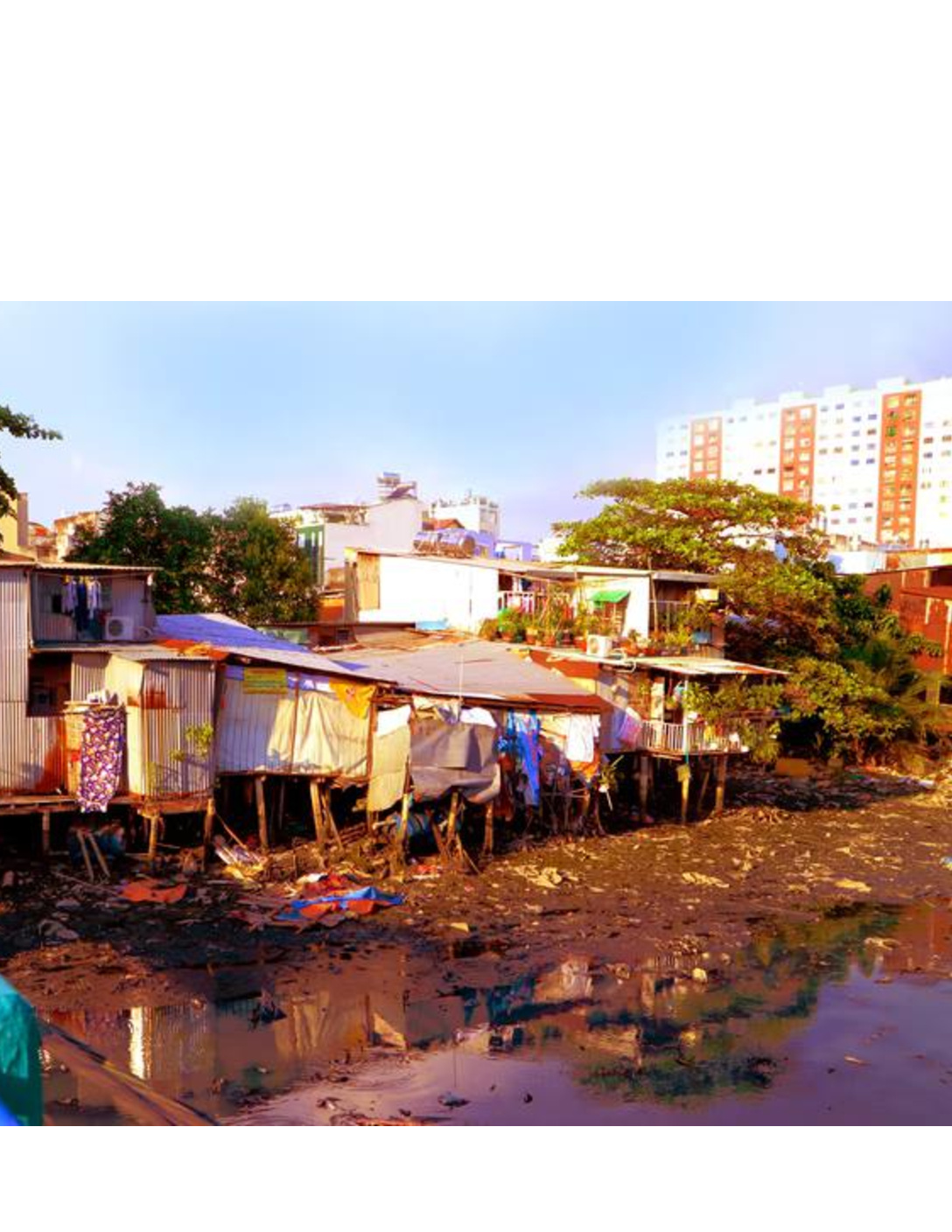
By En Qi Teo, Staff Writer and Researcher for Save The Water™| May 15, 2020
Recently, April Day, our Publishing Director, wrote about whether drinking water was safe to consume during the…

By Jamera Bradley, Staff Writer and Researcher for Save The Water™| May 11, 2020
How does chlorination work?
Chlorine is added to water to disinfect it.
When added in small…

By April Day, Publishing Director for Save The Water™ | April 18, 2020
Covid-19 and Water Makes Matters Worse in Places Without Safe Water
Social distancing is one way to slow the spread of…
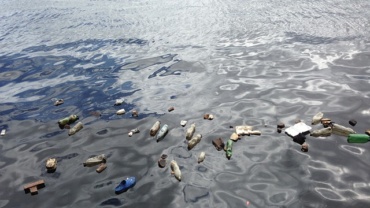
Written by April Day, Publishing Director for Save The Water™ | April 10th, 2020
Above all, government sources, local water treatment plants, and international water organizations agree that the transmission of covid-19 through drinking…
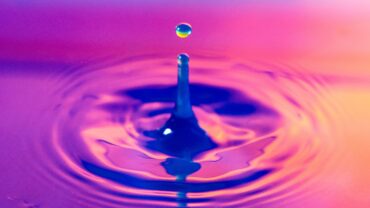
By Jamera Bradley, Staff Writer and Researcher for Save The Water™| March 24, 2020
Image source:
What Are PFAS?
Per- and Polyfluoroalkyl Substances (PFAS) are man-made chemicals that make products resistant to the effects…
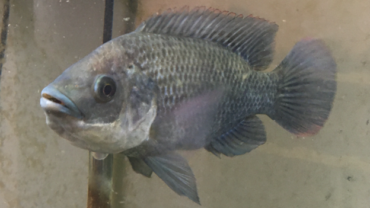
“MOZAMBIQUE TILAPIA” BY HARRY PETAWAY
By Harry Petaway, Staff Writer and Researcher for Save the Water™ | March 16th, 2020
Aquaponics is an Interesting Way to Conserve Water and to Produce Quality Food
What is…
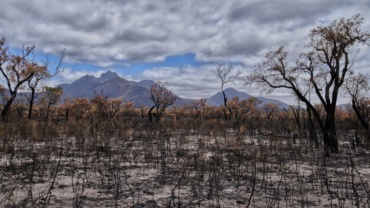
By April Day, Publishing Director for Save The Water™ | March 8, 2020
Bushfires: Ways to Water
Australians survived 240 days of wild bushfire. After the flames are gone, what’s next? Water. Above all,…

By Victor Rivera-Diaz, Staff Writer & Researcher for Save The Water™ | February 26, 2020
You dont have to be a professional to get involved in water science. Basically, citizen science involves public participation…

By April Day, Publishing Director for Save The Water™ | February 16, 2020
What Do I Need to Know About PFAS?
Let's go over some key facts you need to know about PFAS and…
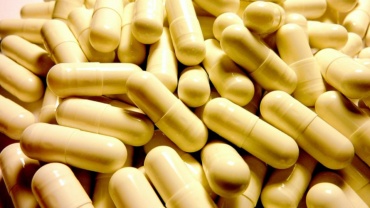
By Anam Chohan, Staff Writer and Researcher for Save The Water™ | February 11, 2020
So far, wastewater treatment plants could do better in removing pharmaceutical waste. To clarify, pharmaceutical waste is waste such…

By Victor Rivera-Diaz, Staff Writer & Researcher at Save the Water ™
According to a recent study, a lifetime of drinking tap water could put you at risk for cancer. The non-profit Environmental…
Guest Post by the Water Filtermen Guest Post by the Water Filtermen
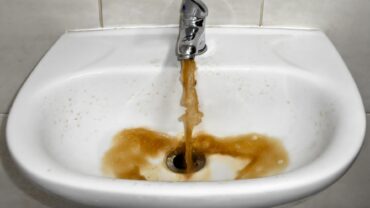
By Anam Chohan, Staff Writer & Researcher for Save The Water™ | December 3, 2019, Updated December 18, 2021
Minimal Acceptable Level
The EPA has determined the lowest safe level of lead in drinking…
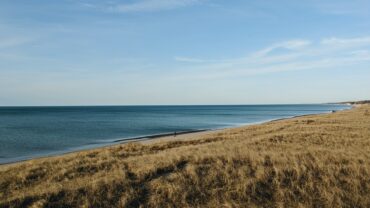
By Harry Petaway, Staff Writer and Researcher for Save the Water™ | December 1, 2019
Harmful Algal Blooms a threat to the world’s largest source of surface freshwater
The Great Lakes encompass nearly 100,000…

By Erin Fee, Staff Writer and Researcher for Save The Water™ | November 7, 2019
Laundry duty may be a chore, but at least it’s easier than ever. Thanks to washing machines, the…
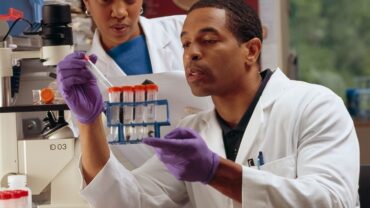
By Victor Rivera-Diaz, Staff Writer and Researcher for Save The Water™ | October 22, 2019
A new era in water quality testing is on the rise that is cheap, available on-site, and smartphone-friendly.…
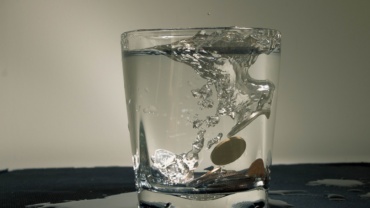
By Rachel Porter, Publishing Project Lead for Save The Water™ | September 23, 2019
A new World Bank report reveals that the on-going world water crisis eliminates one third of global economic growth.…
By April Day, Director of Publishing for Save The Water™ | June 13, 2019
The worldwide water demand is expected to increase by 55%. According to a study by the Organization for Economic…

In 2013, JE Castro and other scientists conducted a comprehensive environmental evaluation in South Florida and found metal concentrations in certain areas higher than Florida’s ecological thresholds.1 Ecological thresholds can be defined…
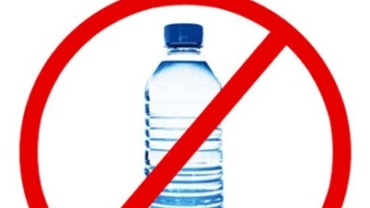
By April Day, Publishing Director for Save the Water™ | June 13, 2019
You are in the United States. You want to drink safe water. You heard about the unsafe water in Flint, Michigan.…

By April Day, Director of Publishing for Save The Water™ | September 15, 2019
Twenty years ago, in September of 1999, Frank Ramos and his late friend Allan Fusco founded Save The Water™. Mr.…
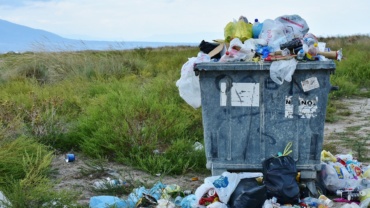
By Sasha Srinivas, Guest Writer, Social Media Associate: Content, Social Media for Save The Water™ | September 7, 2019
When thinking of reducing plastic waste in our daily lives, we usually think of carrying…
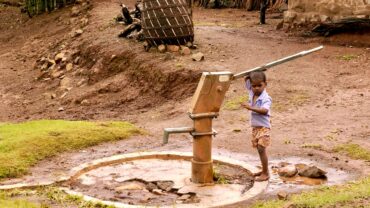
By Stephen Venneman, Staff Writer and Researcher for Save The Water™ | September 2, 2019
Ground water wells are running dry
Pulling water from underground sources, also known as groundwater pumping, is used in…

By En Qi Teo, Staff Writer & Researcher for Save The Water™
A recent study, done by the Harvard T.H. Chan School of Public Health and the Nutrition Policy Institute at the University…
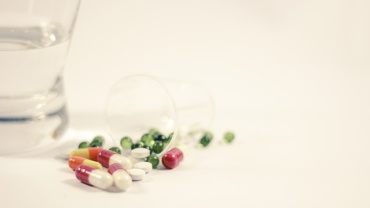
By Erin Fee, Staff Writer and Researcher for Save The Water™ | August 18, 2019
For obvious reasons, we tend to avoid thinking too much about what we flush down the toilet or…
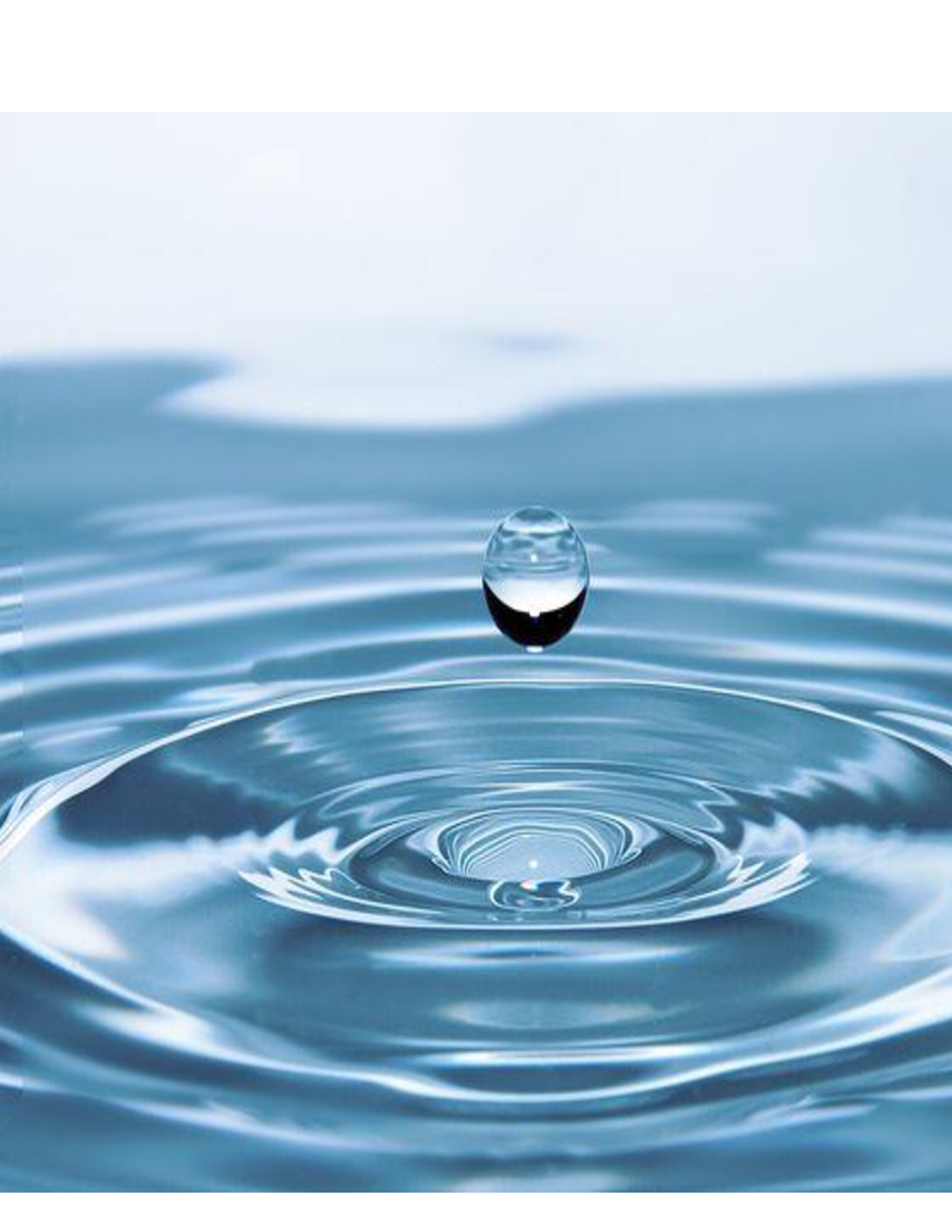
By April Day, Director of Publishing for Save The Water™ | August 2, 2019
The mission of Save the WaterTM is simple. Our mission is to conduct research to identify and remove harmful…
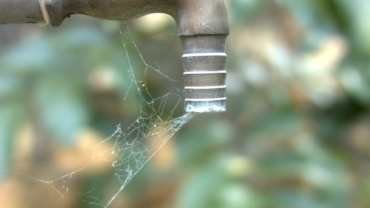
By En Qi Teo, Staff Writer and Researcher for Save The Water™ | July 31, 2019
As the global demand for clean water continues to rise, so too does the interest in alternatives…

By Stephen Venneman, Staff Writer and Researcher for Save The Water TM | June 20, 2019
Introduction
With increasing populations comes increasing demand for fresh, potable water. Much of that water…
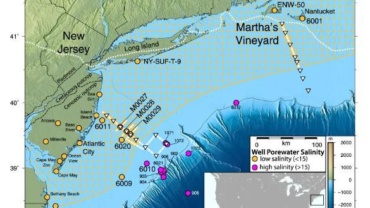
By Erin Fee, Staff Writer and Researcher for Save The Water™ | July 20, 2019
There’s something incredible buried beneath the northeast coast of the United States. Marine geologists have discovered 739 trillion…
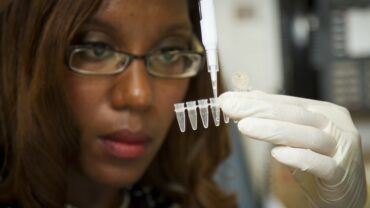
By Anam Chohan, Researcher and Writer for Save The Water™ | July 10, 2019
New Findings
A "first of its kind" study published in June 2019 by the U.S. based non-profit, Environmental Working…
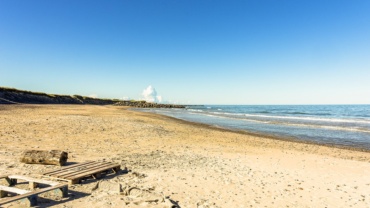
By April Day, Publishing Director for Save The Water™ | June 20, 2019
Alaska, among other states, wanted to change its state rules to allow certain industries to release polluted water into natural water bodies.…
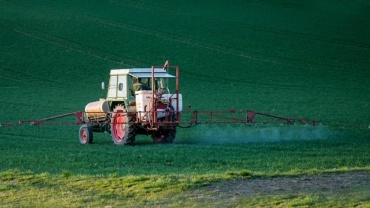
By Erin Fee, Staff Writer and Researcher for Save The Water™ | June 10, 2019
A 2019 study of waterways in 10 European countries is a reminder of how pesticides pollute our water worldwide.…

By Rachel Porter, Publishing Project Leader for Save The Water™ | May 31, 2019
More than a half a billion pounds of coal ash have hit the road. The hazardous material will travel…
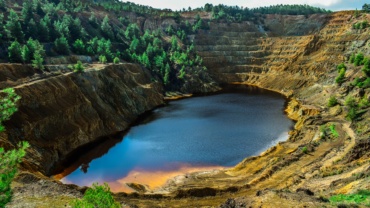
By Stephen Venneman, Staff Writer for Save The Water™ May 21, 2019
Although phosphate mining's industry leaks from massive, radioactive waste threaten to pollute the Floridian Aquifer, the aquifer is one of the…

By Erin Fee, Staff Writer and Researcher for Save The Water™ | May 11, 2019
Desalination, the process that turns salt water into drinkable fresh water, is held back by the expense and inefficiency…

By Rachel Porter, Publishing Project Leader for Save The Water™ | April 30, 2019
Close you're eyes. And imagine a diverse ecosystem. Teeming with life, color, plants, and animals. Did you imagine a rainforest…
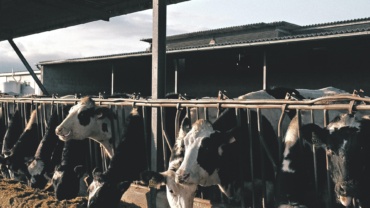
Dairy farms produce so much manure that farmers cannot always control where it goes. Where does it end up? That’s a question with several answers, and they all undeniably stink.

By Erin Fee, Staff Writer and Researcher for Save the WaterTM | April 2, 2019
Save the WaterTM celebrated World Water Day 2019 in March by highlighting this year’s theme: “Leaving no one…

By Rachel Porter, Publishing Project Leader for Save The Water™ | March 18, 2019
The 1950s in the United States. A time of American baseball and Jackie Robinson. Of Elvis Presley and rock…
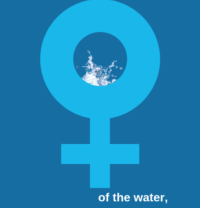
Including women in water decisions results in more clean water for all. Access to enough clean water for personal and domestic use is a basic human right. You would think that caregivers, mainly…
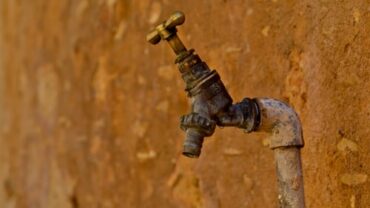
By Rose Delaney, Staff Writer & Researcher for Save The Water™ | March 8, 2019
What’s Household Water Treatment and Storage? (HWTS)
In a nutshell, "Household Water Treatment and Storage" is an important public…
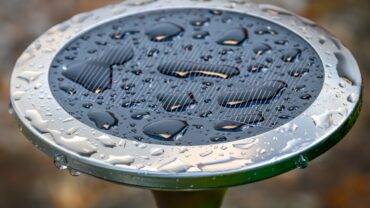
New Clean Water Technology Installed in Rohingya Refugee Camps: The Refugee Crisis as a Water Crisis
By Rachel Porter, Publishing Project Leader for Save The Water™ | February 28, 2019
Thousands of Rohingya refugees now have a reliable supply of safe water thanks to innovative, solar-powered, clean water systems.
The office…
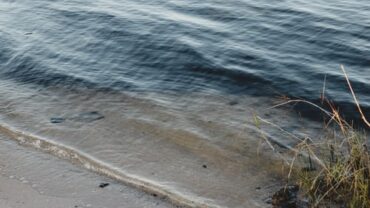
By April Day, Director for Save The Water™ | Feb. 19, 2018
State Fails at Water in Florida for Residents
About two years ago, Florida’s drinking water ranked among the United States’ worst. In…
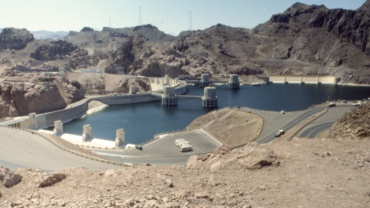
By Rose Delaney, Staff Writer & Researcher for Save The Water™ | February 9, 2010
Brumadinho Dam Collapsed: Loss of Life and Missing Workers
On the 25th of January, a dam collapsed in Brumadinho,…
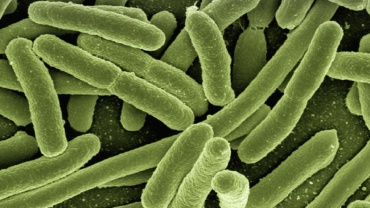
By Erin Fee, Staff Writer & Researcher for Save The Water™ | February 3, 2018
In today’s world of supermarkets filled year-round with a diverse array of fruits and vegetables, it is easy to…

By Rachel Porter, Staff Writer & Researcher for Save The Water™ | January 20, 2018
At the end of the holiday season, few can look back on festive memories and past feasts without picturing…
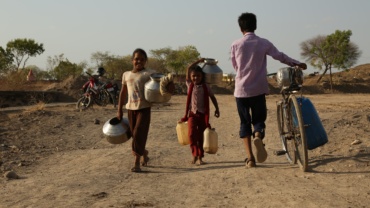
By Rose Delaney, Staff Writer & Researcher for Save The Water™ | January 11, 2019
What’s WASH? Water, Sanitation, and Hygiene.
First of all, in 2015, the United Nations (UN) General Assembly put forth…
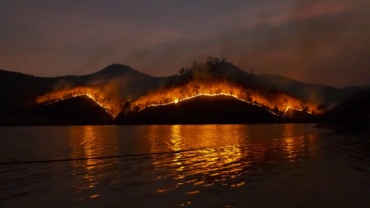
By Erin Fee, Staff Writer & Researcher for Save The Water™ | December 23, 2018
After much effort, less than a month ago, firefighters contained the California wildfires. But the aftermath of the fires…
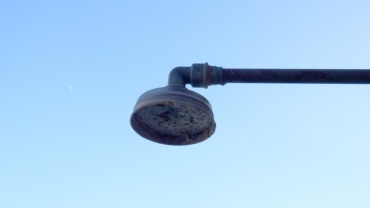
By April Day, Director of Publishing for Save The Water™ | December 13, 2018
Your Showerhead Bacteria Could Make You Sick
Your showerhead bacteria could be making you sick. To be sure, a recent…
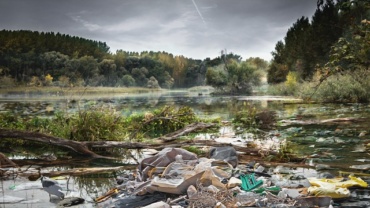
By Bhanu Agarwal, Staff Writer & Researcher for Save The Water™ | November 30, 2018
Plastic waste - Global concern, A Two-Pronged Approach, Including technology
Plastic is everywhere: plastic litters landscapes, clogs rivers, and…
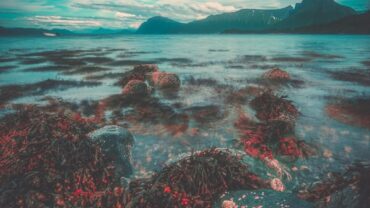
By Rose Delaney, Staff Writer & Researcher for Save The Water™ | November 17, 2018
In recent months, Florida beachgoers have been left disheartened. The sunshine state’s once year-round, glistening shores are now subject…
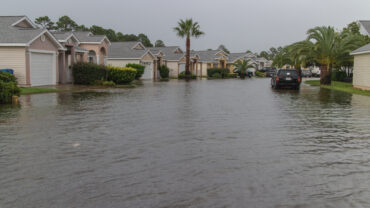
By Erin Fee, Staff Writer & Researcher for Save The Water™ | November 5, 2018
With Hurricane Michael fresh in our minds, we must now discuss one of the far-reaching dangers that storms pose:…
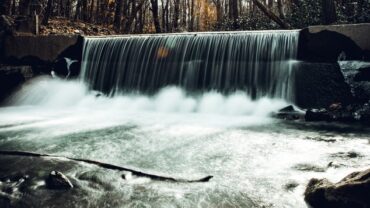
By Rose Delaney, Staff Writer & Researcher for Save The Water™ | October 16, 2018
To the delight of clean water enthusiasts, on September 19th , Governor Tom Wolf of Pennsylvania signed an executive…
By Frank Ramos, President & Founder, and April Day, Publishing Director for Save The Water™ | October 1, 2018
The Current Regulation of Water Sets Limits Individually for Toxic Chemicals
From a chemistry standpoint,…

By Erin Fee, Staff Writer & Researcher for Save The Water™ | September 17, 2018
This September, the U.S. House Energy and Commerce subcommittee and the Senate Subcommittee on Federal Spending Oversight and Emergency…
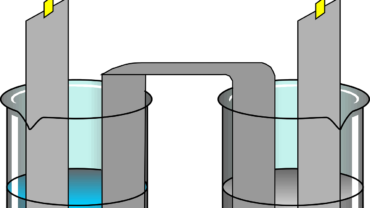
By April Day, Publishing Director for Save The Water™ | September 9, 2018
Electroflocculation: What is it? A Way to Treat Water with Few Chemicals.
Electroflocculation is a process that uses electricity to remove…
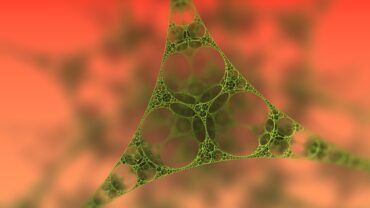
By Hoang-Nam Vu, Staff Writer & Researcher for Save The Water™ | August 25, 2018
A World of Bigs and Smalls
As technology progresses, our technologies seem to become much larger or smaller. The…

By April Day, Director, Publishing Group for Save The Water™ | July 31, 2018
Introduction: Population Growth and Land Use
Thankfully, nowadays people survive birth and live longer.1 This has resulted in population…
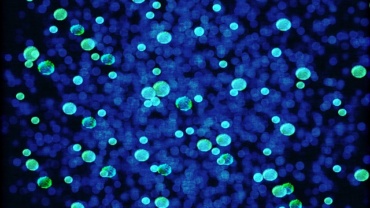
By Hoang-Nam Vu, Publishing Staff Writer & Researcher for Save The Water™ | June 30th, 2018
Chemical Water Contaminants
A great number of water contaminants are chemical in nature, including pesticides, toxic metals, drugs,…
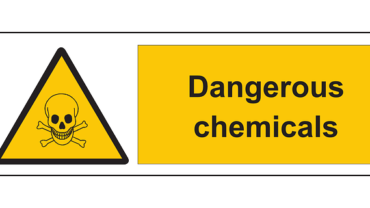
By Eric Labrador, Publishing Staff Writer & Researcher for Save The Water™ | June 11, 2018
Introduction to PCBs and PDBEs
In an effort to make the world a better place, a group of…
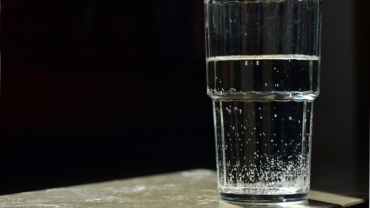
By Albert Garcia, Staff Writer & Researcher for Save The Water™ | May 30, 2018
Do You Think Your Water Is Safe?
Take one good look at the glass of water on your table.…

By Bhanu Agarwal, Publishing Staff Writer & Researcher for Save The Water™ | May 17, 2018
Ocean water faces many threats. One such threat is acidification, which has many harmful effects on marine species.…
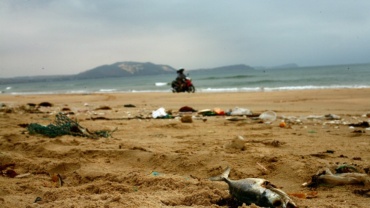
By Eric Labrador, Publishing Staff Writer & Researcher for Save The Water™ | May 4, 2018
Plastic pervades a person’s daily life and its use has created an unhealthy relationship with a toxic after-effect.…
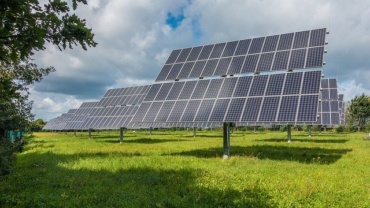
By Hoang-Nam Vu, Publishing Staff Writer & Researcher for Save The Water™ | April 26, 2018
The Need for an Alternative
As the global population and demands on urban water systems increase, renewable, environmentally-conscious…
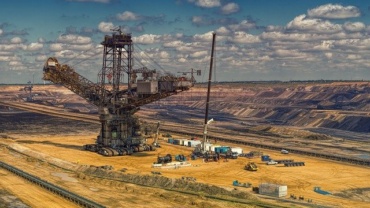
By April Day, Director, Publishing for Save The Water™ | April 16, 2018
Introduction
Florida has been prospering from phosphate mining for over 100 years.1 In Florida, the industry brings in $85 million…
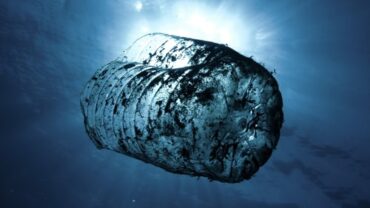
End of Life Plastic Pollution
By Suraj Rajendran, Project Lead, Staff Writer & Researcher for Save The Water™ | April 6, 2018
Plastic. The ever-growing synthetic material is lightweight , water-resistant, durable, strong,…

Research and Engineering Group
1st Quarter Report-2018
About Us:
The Research and Engineering Group acts as the heart of the mission of Save the Water™ (STW™). The founders set up the non-profit Save…
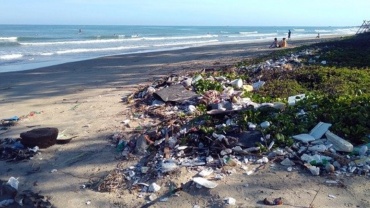
By Albert Garcia, Staff Writer & Researcher for Save The Water™ | March 27, 2018
Plastics Are Everywhere, and Hurt Marine Life
We use plastic daily. Whether plastic water bottles, plastic bags, toothbrushes, plastic…
River Liffey, Dublin, April Day
By Lynsey Mugomba, former Researcher for Save The Water™ | March 3, 2018
In Response to Public Polls about Water, the European Union Adopted a Water Framework, the EU-WFD
In…
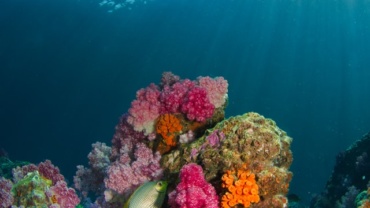
Written by Albert Su, Staff Writer for Save The Water™ | February 20th, 2018
While it is well acknowledged that climate change is a result of carbon pollution, ocean acidification is another vast carbon…
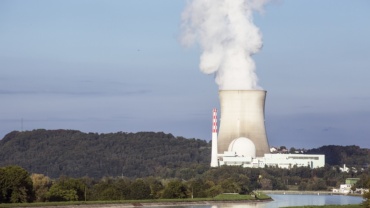
Written by Anna Bartels, Staff Writer for Save The Water™ | February 6th, 2018
Uranium is a naturally occurring, radioactive element. This element is often found in nature and can be mined and processed…

Written by Huang-Nam Vu, Staff Writer for Save The Water™ | January 27th, 2018
The term “endocrine-disrupting chemical” (EDC) has been widely discussed in recent years, yet the exact definition of the term remains…
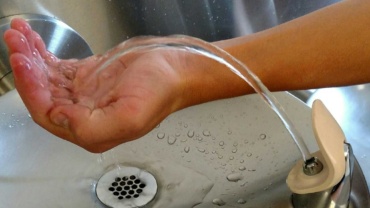
Written by Albert Garcia, Staff Writer for Save The Water™ | January 14th, 2018
Drinking fountains are a permanent fixture of schools across the United States. Schoolchildren rush to the drinking fountains after recess.…
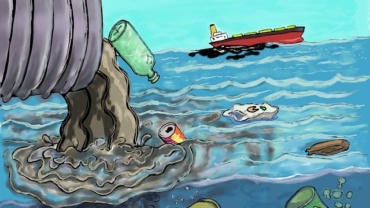
Written by April Day, Staff Writer for Save The Water™ | January 5th, 2018
After the Storms, Contaminated Runoff Can Still Threaten Human Health
The 2017 Atlantic hurricane season wreaked chaos, pummeling the United…
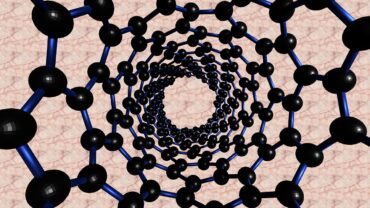
Written by Hoang Nam Vu, Staff Writer for Save The Water™ | December 10th, 2017
Water contamination can occur in many forms; the most prominent water contaminants are toxic metals. Lead was the source…
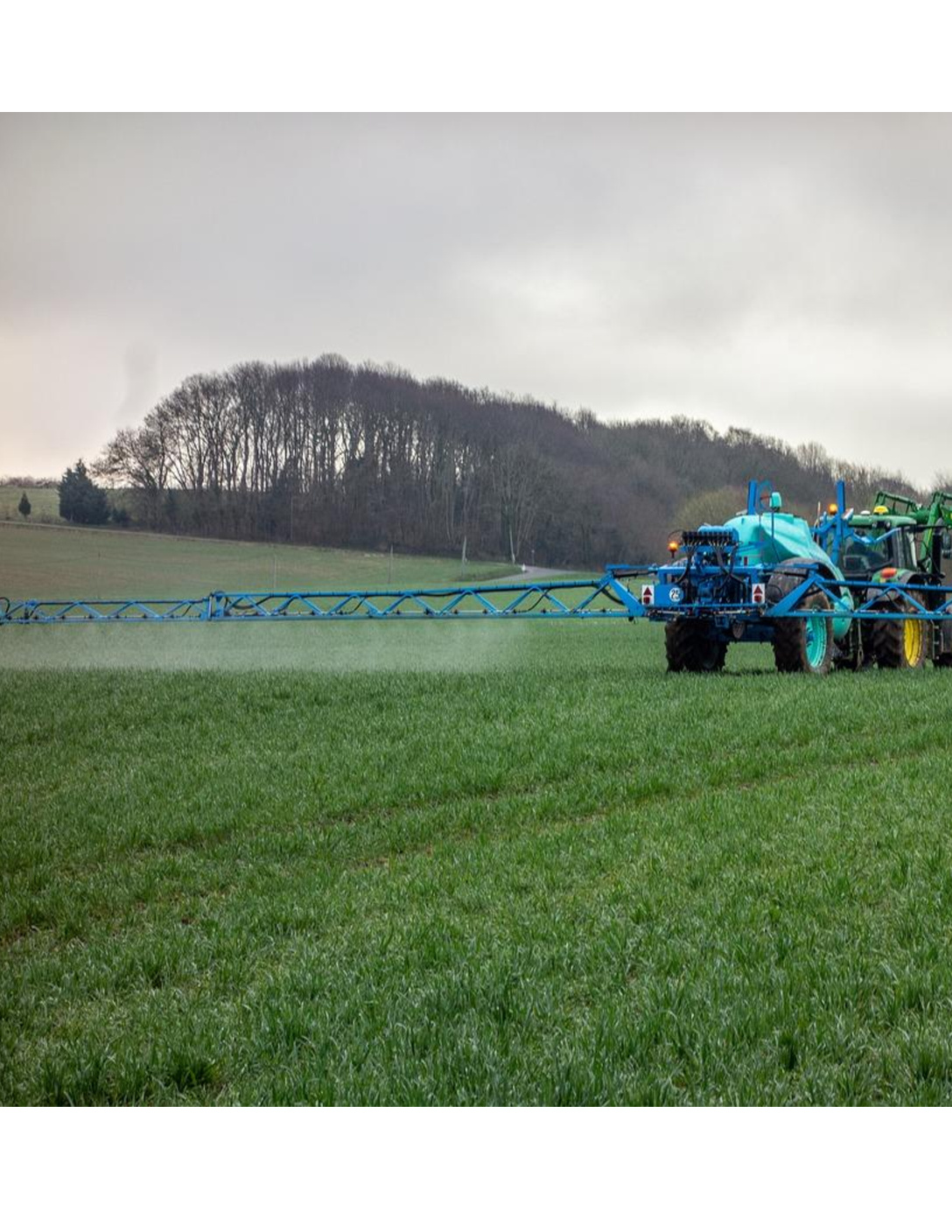
Written by Bhanu Agarwal, Staff Writer for Save The Water™ | November 15th, 2017
Times of the year when water bodies typically exhibit the most visible response to water quality problems is during spring…

Written by April Day, Staff Writer for Save The Water™ | October 10th, 2017
Introduction: Leaks, Leaks & More Leaks
Aging infrastructure plagues many of America’s water systems, Miami-Dade is no different. On June…
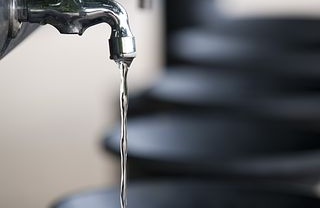
Written by Geraldine Totesaut, Marketing Project Leader for Save The Water™ | May 5, 2017
As much as we might not like to readily admit it, the hard truth is that a lot of…
MTBE Contamination in Groundwater: Sources and Behavior
Evonik Plant Photo. Photo Credit: New Energy and Fuel 3
By Leigh Horton , staff writer for Save The Water™ | June 12, 2017
Introduction…
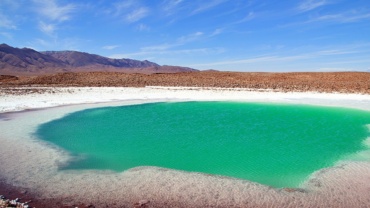
By Madeline Gressman, Staff Writer for Save the Water™ | May 10, 2017
As springtime thaws the country, many are sighing with relief as frost rescinds and flowers begin to bloom. However, as the…

What Can We Learn From The Flint Water Crisis
Infographic courtesy of The Water Filter Men. Learn more about them here at https://www.thewaterfiltermen.ie/Reverse-Osmosis-Water-Filters.
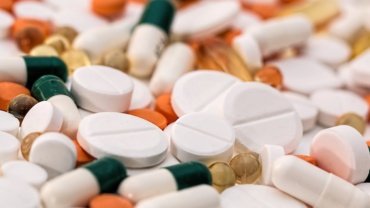
By Anna Bartels, Staff Writer for Save the Water™ | May 5, 2017
The presence of pharmaceutical compounds in water supplies has been well documented for several decades, but the exact threat posed and…
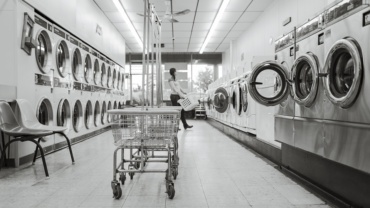
Microfibers and microplastics constitute a growing issue in water contamination, and washing clothes may contribute to the problem.
By Hoang-Nam Vu, Staff Writer for Save the Water™ | March 13, 2017
If there is one…

Written by Swati Meshram, Ph.D., Frank Ramos
The 1970s saw a growing awareness of large numbers of chemicals in food and consumer products. The awareness brought to light the concern about the toxicity of…
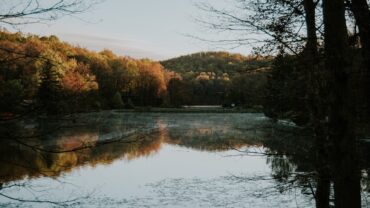
By Suraj Rajendran, Staff Writer for Save the Water™ | March 16, 2017
At 1,100 acres, Sutton Lake is home to schools of largemouth bass, catfish, and crappie. Unfortunately, the lake also contains high…
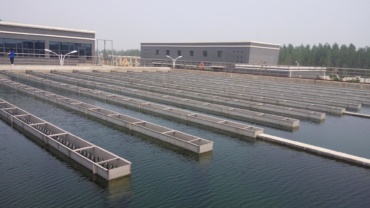
Around the world and across the United States, usable water is growing scarcer. Underground water, along with conservation, can provide water for growing populations. Treatment, including desalination, could allow communities to access this…
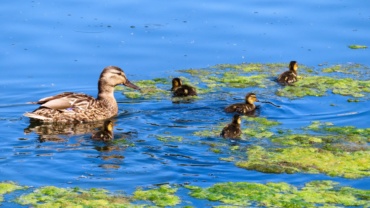
By William Young, Staff Writer for Save the Water™ | February 3, 2017
Scientists have found more than one way to determine when a harmful algae bloom will occur. With these advancements, water ecosystems…
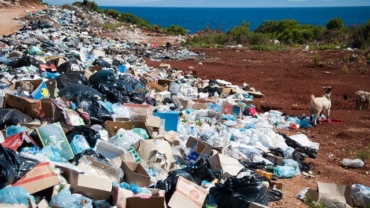
By Hoang-Nam Vu, Staff Writer for Save the Water™ | January 28, 2017
Plastic pollution plagues the Great Lakes region and is just one example of the difficulty in addressing the source instead of…
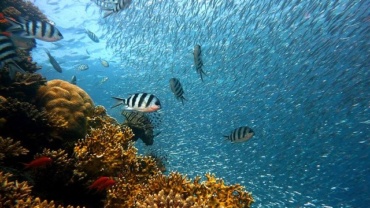
By April Day, Staff Writer for Save the Water™ | January 26, 2017
The ocean is undergoing chemical reactions that impact marine life and humans. Local communities cannot stop these reactions but can slow…

By April Day, Staff Writer for save the Water™ | December 8, 2016
Increases in the human population are putting unprecedented pressures on freshwater resources. Only 2 to 2.5% of the world’s water is…
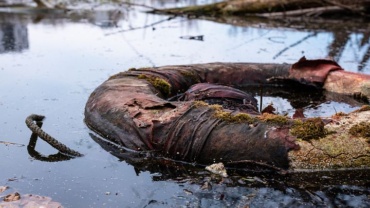
By Hoang-Nam Vu, Staff Writer for Save The Water™ | December 18, 2016
Water contamination treatment and alleviating the detrimental effects of water contamination are two of the most pressing issues the United States…

By Kimberly Sung, Associate Director of Education for Save the Water | December 15th, 2016
In recent years, harmful bacteria like Escherichia coli (E. coli) and Listeria monocytogenes (Listeria) have been responsible for high-profile…
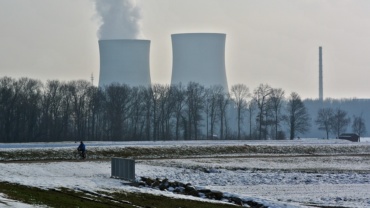
Abandoned uranium mines continue to contaminate water sources, posing health risks to Native American communities.
By Suraj Rajendran, Research Project Leader for Save The Water™ | November 10, 2016
It's common that in the times…
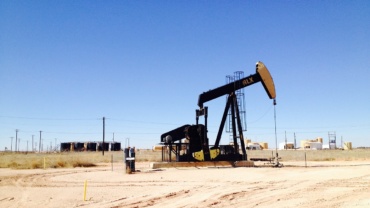
By Hoang-Nam Vu, Staff Writer for Save The Water™ | November 19, 2016
A recent study identified Ferric hexacyanoferrate, or Prussian blue, as a possible solution to brine spills caused by fracking.
Fracking as an…

By Hoang-Nam Vu, Staff Writer for Save The Water™ | November 21, 2016
Many Americans envision water pollutants as toxic sludge seeping from industrial wastelands, but that is simply not the entire truth. While…

By Kimberly Sung, Education Project Leader for Save the Water™ | November 3, 2016
Venice, “The Floating City,” was built in the 5th century over 118 low-lying salt marshes in the Venetian Lagoon, which…
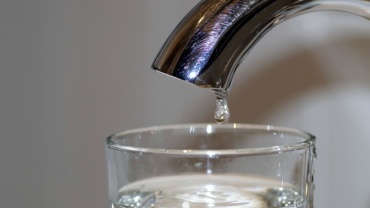
By Suraj Rajendran, Staff Writer at Save the Water™ | October 27th, 2016
A recent study has shown that over six million Americans are using drinking water supplies that contain perilous levels of industrial…
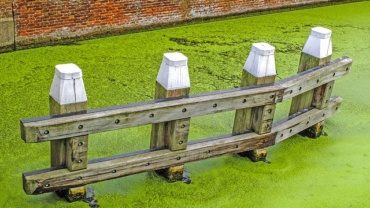
By Hoang-Nam Vu, Staff Writer at Save the Water™ | October 20th, 2016
It is challenging to find a reality where phosphorus is not an integral part of our society. It is found in…
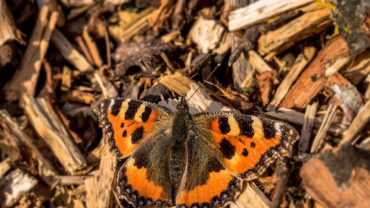
By Mariah Davidson, Research Project Leader of Save the Water™ | September 13, 2016
Large amounts of water are used to produce crops in the United States. Farms are designed with drainage tiles to…
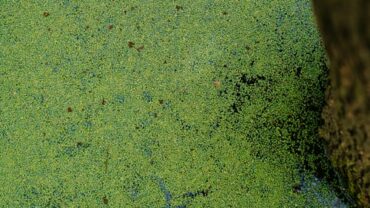
By Suraj Rajendran, Staff Writer for Save The Water™ | September 6, 2016
Florida has been experiencing a rather serious water crisis as of late, one that has the danger of causing widespread disaster…
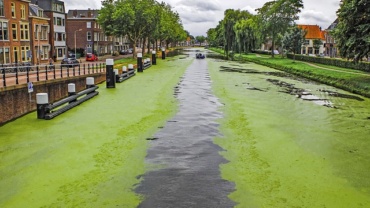
By Taylor Schaefer, Writing Project Leader of Save the Water™, August 16, 2016
Long Island, New York has a long history of using septic tanks and cesspool systems for waste removal. Unfortunately, these outdated…

By Hoang-Nam Vu, Staff Writer for Save The Water™ | August 19, 2016
Iron-removing bacteria are instrumental tools in the decontamination of areas of acidic mine runoff called acid mine drainage sites. These bacteria…

By Suraj Rajendran, Staff Writer for Save The Water™ | August 5, 2016
History of Trichloropropane
In the 1940s, there were numerous agricultural divisions that sold products to farmers in hopes of getting a profit.…
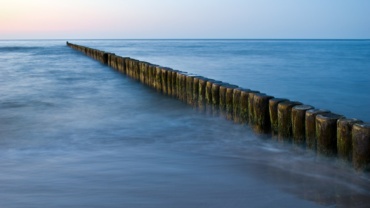
By Taylor Schaefer, Publishing Project Leader for Save The Water™ | July 23, 2016
Irresponsible disposal of toxic chemicals
In the aftermath of World War II, Britain and the Soviet Union dumped 65,000 tons…
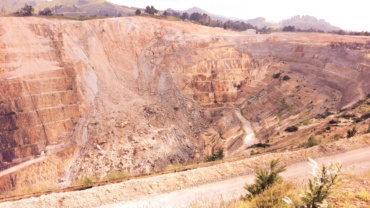
By Aaron Heldmyer, Education Associate, Save The Water | July 1, 2016
On the rocky bank of the South Fork American River, nestled among the tall pines and twisted undergrowth that define much of…
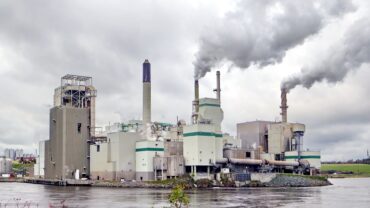
By Taylor Schaefer, Publishing Project Leader for Save The Water™ | June 29, 2016
News of water contamination in New York, West Virginia, and Michigan have received a significant amount of national attention this…
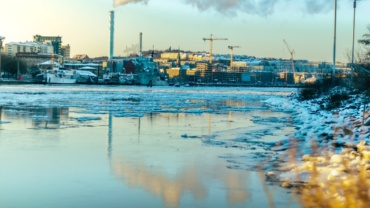
By Suraj Rajendran, Staff Writer for Save The Water™ | June 27, 2016
State of Emergency in Newburgh
A state of emergency was declared in Newburgh, New York, after the New York State Department…

By Suraj Rajendran, Staff Writer for Save The Water™ | June 27, 2016
Fireworks are true works of art. People usually enjoy fireworks because they invoke joy and a sense of excitement as the…
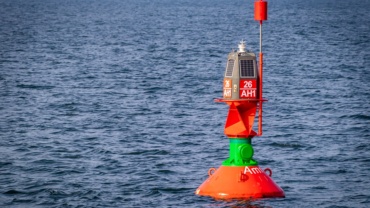
By Hoang-Nam Vu, Staff Writer for Save The Water™ | June 24, 2016
As the days get longer and the sun gets brighter, the word “summer” becomes more and more prevalent, and with the…
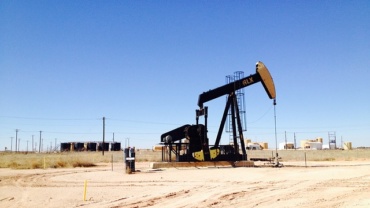
A new study conducted by Ph.D. students at Duke University this Apri, discovered high levels of ammonium, selenium, and lead in brine-laden wastewater linked to hydraulic fracturing in the Bakken region of North…

One study completed by a team from Duke University, found elevated levels of chloride, bromide, manganese, strontium, and barium, which are all known to exist within fracking wastewater, in a touristic waterway known…
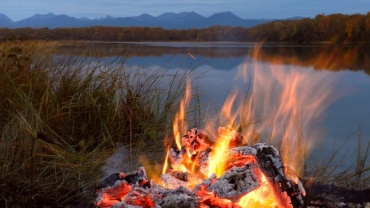
As coal continues to be a primary energy source in the United States, the question remains: how do we deal with all the toxic byproduct we get from burning it?
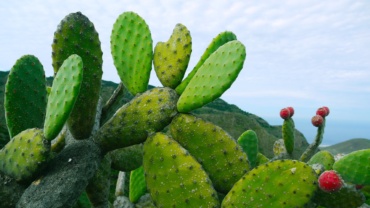
A joint Yale University and University of Virginia study published in 2008 concluded that the Prickly Pear Cactus (Opuntia spp.) contains special properties that allow the plant to naturally filter out certain water…

A recent study commissioned by Miami-Dade County Department of Environmental Resource Management (DERM) found that the old cooling canal system at the FPL Turkey Point facility was leaking polluted water into Biscayne Bay.

The amount of harmful chemicals that we are exposed to on a daily basis is nothing short of overwhelming. How can we expect to avoid them all? The sad truth is that we…

Recently, a new breakthrough was made in graphene-based water treatment when a research team at Monash University and University of Kentucky created a viscous form of graphene oxide that can be spread with…
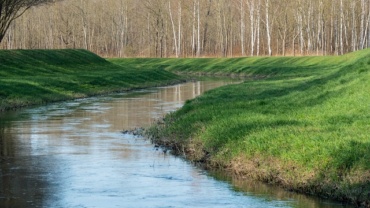
Oil sheens occur in conjunction with oil spills. Sheens are rainbow-colored films that form on the surface of water when oil is discharged, and indicate contamination in the water. While oil sheens may…

Scientific Reports published a study in 2015 outlining the impact that global warming is having on a small Virginia island in the Chesapeake Bay. The results stated that Tangier Island will lose the…

People living near hazardous waste sites that contain sulfuric acid are at greater rick of exposure by breathing contaminated air than is the general public. Breathing sulfuric acid mists can result in tooth…
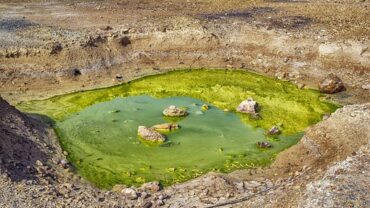
In California’s San Joaquin Valley, “roughly 250 miles long and encompassing major cities, up to one in 10 public water systems have raw drinking water with uranium levels that exceed federal and state…
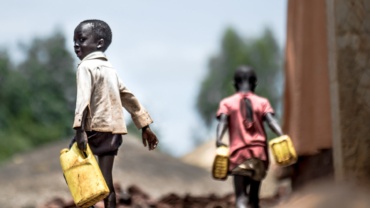
Water scarcity has long been an issue for human existence. Over 1.2 billion people, on all of the continents, live in regions termed “areas of physical scarcity”. Five hundred million additional people are…

Physical evidence of neurodegenerative disease was found in the brains of some deceased Chamorro villagers and New Hampshire residents that lived on or near bodies of water that are known to contain cyanobacteria,…
The water crisis currently happening in Flint, Michigan is everyone’s worst nightmare. Unfortunately, the town is not alone. While Flint may be in the media spotlight now, there are many other cities nationwide…

Soon after the transition was made, residents began complaining about the quality of the water, noting its strange color, taste, and smell. With proceeding investigations, it was found that the Flint river, and…

In reality, the Columbia Falls Aluminum Company contamination site was deemed significant enough to warrant a federal cleanup program that shoots the site to the top of the priority list.

On November 8th, the Liberal minister of environment, Catherine McKenna, approved Montreal’s plan to dump 8 billion liters of untreated sewage into the St. Lawrence River.

Perfluorooctanoic acid (PFOA) is a chemical that most people have probably never heard of. However, it is more common than we realize and can be potentially harmful to humans, animals, and the environment.…
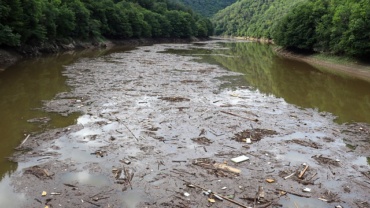
On January 15th, three blocks within the populous city Meerut, were declared sensitive zones: The water there is highly contaminated. As the Pollution Control Board (PCB) later found out, the reason for this…
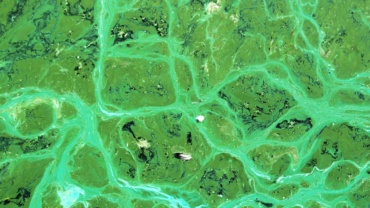
Unusually warm ocean water has caused a huge algae bloom along the west coast of the United States. Also known as “Red Tide” or harmful algae blooms (HABs), Domoic acid has severely impacted…
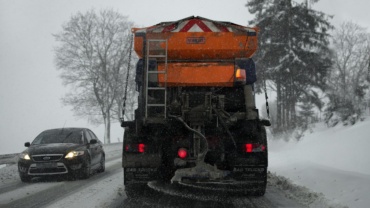
A study conducted by the U.S. Geological Survey and the Wisconsin State Laboratory of Hygiene found that chloride concentrations exceeded U.S. Environmental Protection Agency water-quality criteria at 55 percent and 25 percent of…

The Fundão dam, operated by the mining company Samarco, collapsed first and spilled into the Santarém dam and waste from both began to flow to nearby cities and into a vital river. The…
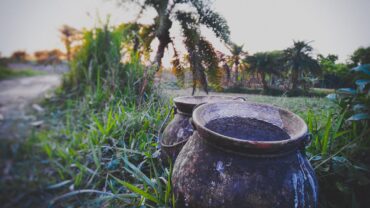
Citizens of Bangladesh have been suffering from the consequences of arsenic poisoning for years. This situation is often referred to as one of the largest mass poisonings of all time.
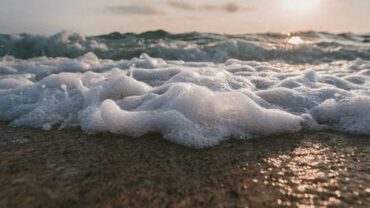
On October 18, 1972, the United States Congress passed the Clean Water Act, also known as the Federal Water Pollution Control Amendments of 1972.
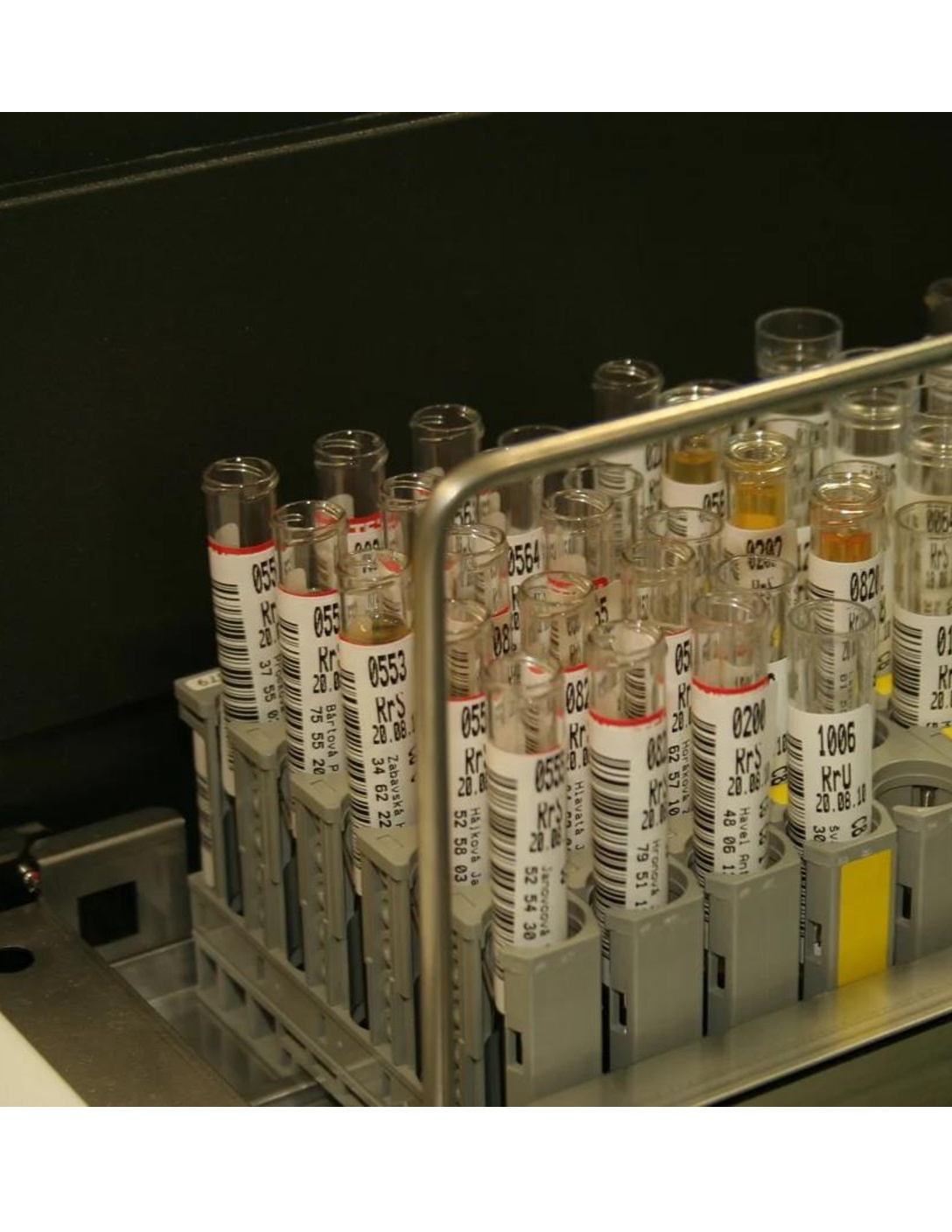
Before the city’s schools opened, many students were given blood tests to check for contaminants in their bodies. Many of the tests returned positive.
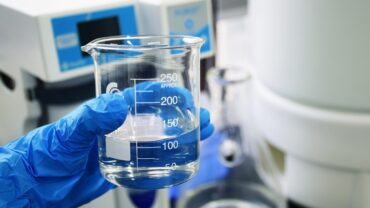
The issue arose when officials from the OCWD began to observe unusual spikes “in arsenic after it percolated into soils and sediments from surface basins into underground storage aquifers”. What was specifically unusual…
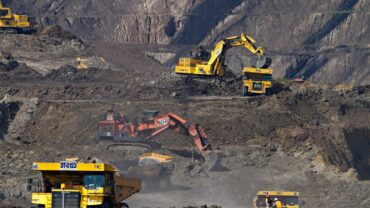
The Gold King Mine has been leaking fluids into its surrounding area since its shuttering in 1923. This has resulted in the formation of dozens of toxic wells in its immediate vicinity.

Absurd amount of plastics is the origin of many senseless dilemmas involving the world’s oceans. Macro and microplastics are literally suffocating marine life and oceans as they infiltrate our food chain and contaminate…
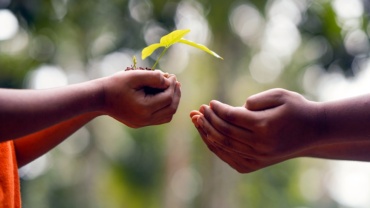
You’re a tech-savvy person who cares about making the world a better place, and you’ve been doing your part, whether by volunteering your precious time or by donating to your favorite non-profit organizations.
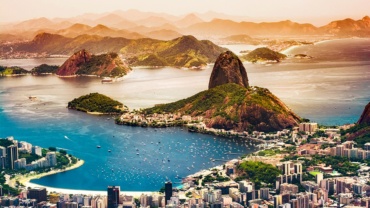
Over the past year, different media outlets and environmental organizations On July 30, the Associated Press released a study about water quality at Rio’s Olympic venues. The report detailed significant human waste pollution…
After testing water samples from the Little Bow River and the Travers Reservoir, Alberta Environment workers released a statement on July 19, 2015, claiming that the spill did not present a risk to…
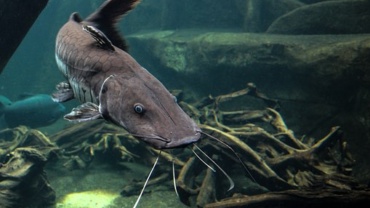
The Chernobyl disaster of 1986 is one of the 20th century’s most catastrophic incidents of radioactive water contamination.
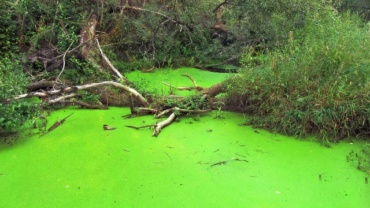
While fertilizers are used to brighten the yard, there are darker consequences that the average Long Islander is unaware of.
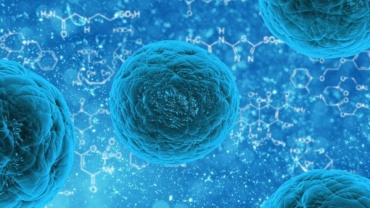
The world’s water supply is contaminated by many microorganisms known as water pathogens, hazardous strains of bacteria that thrive within unclean water conditions. There are several different kinds of water pathogens, and depending…
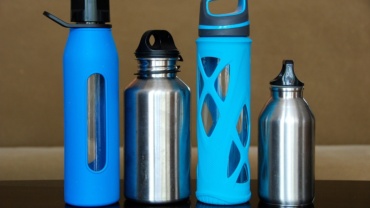
In June 2015, Niagara Bottling released a voluntary recall announcement for 14 brands of bottled water, citing a possible E. Coli contamination as the reason. These brands are Acadia, Acme, Big Y, Best…
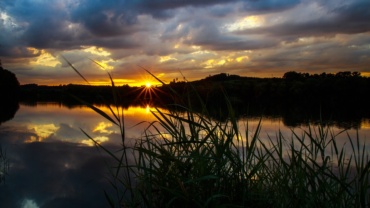
The Texas-based company, Crestwood Midstream Partners, has plans to connect pipelines that would transport fracking gas, including methane and liquefied petroleum gas (LPG), from areas in Pennsylvania, Ohio, and West Virginia and store…
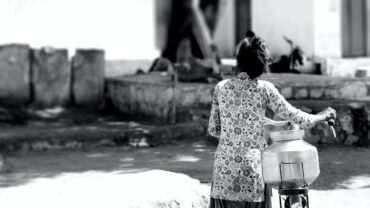
According to the CDC, 780 million people worldwide do not have access to an improved water source, and an estimated 2.5 billion people lack access to improved sanitation. In India, nearly 4,000 children…

An estimated 80,000 chemicals are available for commercial use in the United States and the Environmental Protection Agency (EPA) has only been able to restrict the use of less than 10. It is…
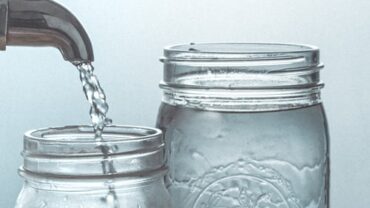
Forward osmosis is a process that is currently being explored and tested more frequently. Experts seek to discover the effectiveness of the process to produce freshwater from the dirtiest wastewaters in which reverse…
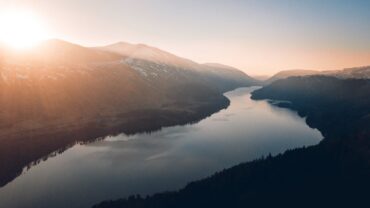
The Nolichucky River runs through the Blue Ridge Mountains of North Carolina and flows into Tennessee before joining the French Broad River. It is home to a variety of wildlife and is…

Citizens in the southern town of Ain Salah have taken a stance through frequent protests, often violent, in a desperate attempt to save their most precious commodity; water.
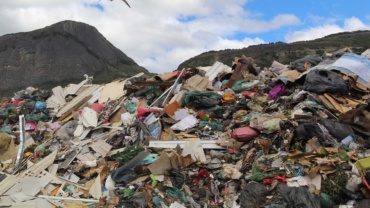
For years Bithlo residents have had to live with a tainted water supply causing a multitude of issues throughout the community. Due to the local governments complacent actions towards this long-running issue, residents…

There once were three villages, and all were well. Over time, the first village ran out of water, the second village’s water became unclean, but the third village was able to keep their…

World Water Day 2015, through it’s theme “Water and Sustainable Development,” endeavors to explore how deeply interconnected water is to various public systems, to include food, health, urbanization, industry, energy, and equality, and…
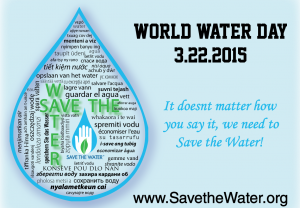
March 22nd, 2015 — this year’s World Water Day — make this the day that we begin to think differently.
This year, the theme is “Water and Sustainable Development,”1 highlighting the issue of water scarcity. Water is a resource used every single day, often times irresponsibly or absentmindedly, making this theme highly relevant…

While these statistics might seem insurmountable, scientists and engineers from across the globe are working tirelessly to develop effective and efficient solutions via purification technology, and these past few months have seen great…

Microsoft founder Bill Gates and engineering firm, Janicki Bioenergy, are currently at the forefront of the most recent groundbreaking advances in water science by discovering a way to turn feces into clean drinking…

We couldn’t have said it better than the U.S. Centers for Disease Control and Prevention: “All groundwater sources should be protected from contamination (germs and harmful chemicals).”1 For the environment, our health,…
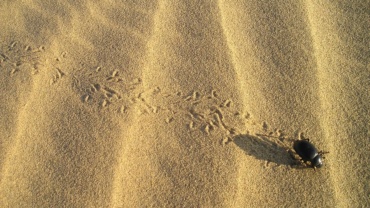
Perhaps the most innovative means of obtaining drinking water known in the animal kingdom, the sequestration of ocean mist has been perfected by the Namibian Beetle (Stenocara gracilipes) through an intricate system of…

Without access to clean water we would not be able to drink, bathe, properly clean our clothes, wash dishes or use the toilet. Can you imagine your daily routine without being able to…
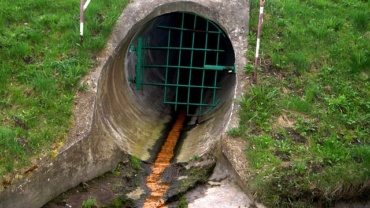
As New York City’s precipitation rates continue to rise, the health risks posed by the city’s inadequate sewage infrastructure are becoming more and more evident.
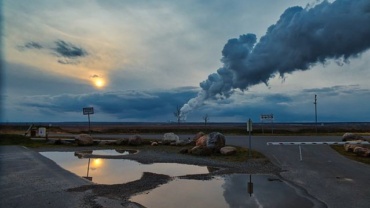
Coal-fired power plants create around 140 million ton of fly ash and other combustion wastes every year (2). The wastes created from the power plants contain some of the most toxic metals such…

Dr Adam Jeziorski and his research team from the Department of Biology, Queen’s University, Kingston, Ontario published their findings in the Proceedings of the Royal Society B. Entitled “The Jellification of North Temperate…
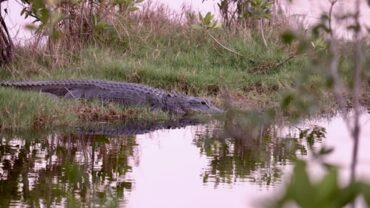
As Florida residents drive past dozens of lawn signs and bumper stickers, “Say yes to one” has caught some attention. As the November elections rapidly approach in the state, water conservation has landed…
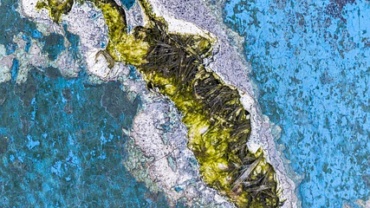
According to a new study, the Great Lakes are being polluted by billions of microplastic beads, with potentially devastating consequences for the environment.

Water is a precious resource here on Earth. Although the surface of our planet is 71% water, only a tiny fraction of that is available for human needs, such as drinking, food production,…
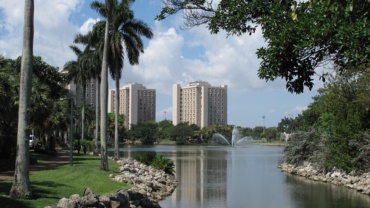
Water conservation is something that everyone can take part in. While it is important to initiate ecologically conscious changes in our daily lives, it is important to encourage that change in all parts…
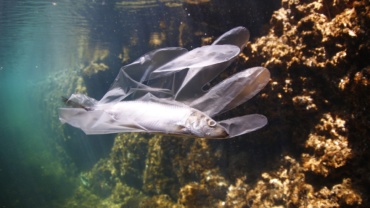
Writing in The New York Times, ocean expert Charles Moore described a recent voyage during which he and his colleagues conducted research into the Great Pacific Garbage Patch one of several gyres, or…
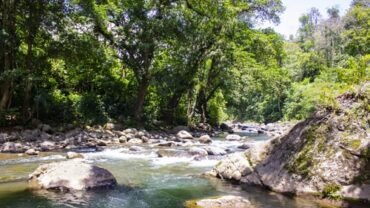
Natural resources are essential to human life, many of them being finite. When someone uses a finite resource (forests, fish, clean water), they make that resource less available to others.

As the recent offensive between Israel and Hamas continues to impact civilian life on either side of Israel’s border with Gaza, news agencies around the world have intensified their focus on this troubled…
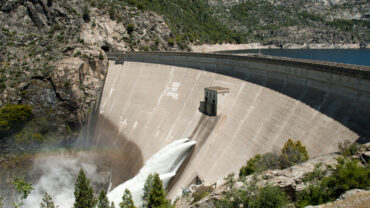
At the dawn of the 20th Century cities were becoming more heavily populated and technological innovation grew exponentially. In order to meet the water needs of San Francisco residents, it was proposed that…

A recent study has found traces of cocaine in the public drinking water supply. Present in its metabolised form, benzoylecgonine, the street drug was discovered in samples analysed by the Drinking Water Inspectorate…
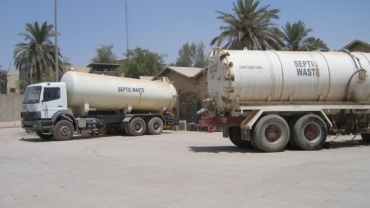
Septic systems have been put in place all around the United States since 1883. While these systems are generally a safe and effective way of treating waste water, they tend to malfunction when…
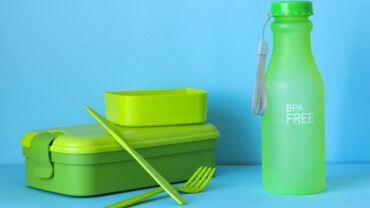
There have been many news reports, lately, regarding the health risks of leaving plastic water bottles in the heat and later consuming the water. That risk can be linked to the chemical bisphenol…
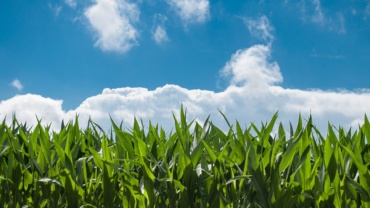
The need to grow food and engage in agricultural activities is an essential part of the human experience. Like many things, agriculture is something that can hurt the environment, but it does not…
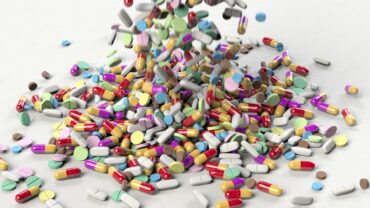
A report in 2008 by the Associated Press (AP) stated that 41 million unaware Americans have various trace amounts of pharmaceuticals, such as birth control pills, pain killers, and antibiotics in their drinking…
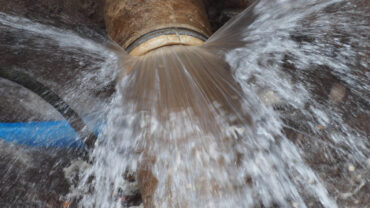
While much of the Great Lakes remain encapsulated in ice and summer temperatures are only just now beginning to hold steady, Michigan residents have found another reason to curse the polar vortices of…
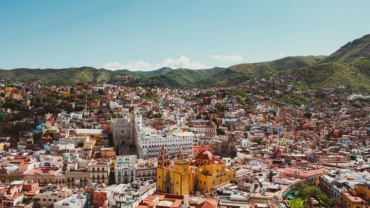
Water is the source of life for all living things on this planet. However, it has become a breeding ground for pathogenic microorganisms and intestinal parasites in most developing countries. People around the…

With the public outcry against BPA growing, many manufactures have abandoned it in favor of Bisphenol S (BPS), a BPA alternative. In 2006, Appleton, the largest manufacturer of thermal papers in North America…
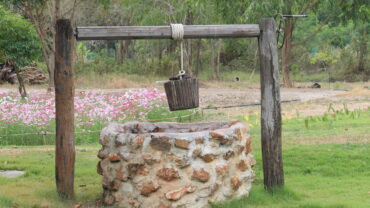
This report synthesizes information about the effects of Methyl tertiary butyl ether (MTBE) on ground water and public drinking wells. It is based solely on a literature review of relevant materials from predominantly…

Germany, as well as numerous other European countries, is known for its stellar drinking water. There are over 450 brands of German bottled water.

Most cities and citizens of Egypt depend on the Nile as its primary daily source of water. Besides the population growth and lack of water, Egypt faces another huge danger, water pollution…

The California drought this year has put many in danger, from the loss of farmers’ products to the drinking water in smaller communities that depend on wells which are often contaminated from pesticide…
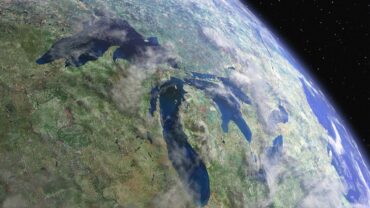
As the record-setting winter of 2014 continues, extensive ice coverage across the Great Lakes has both pros and cons for life and industry on the Great Lakes Basin and has the world wondering…

Two potentially dangerous chemicals were accidently dumped into West Virginia’s Elk River in January leaving thousands of people without clean drinking water for weeks. Many were hospitalized due to effects and the…

A glimpse at SaveTheWater’s education program: DILOS 2013, a part of Word Water Day 2013.
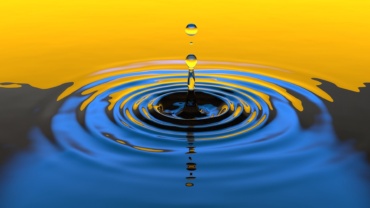
Do you want to save the water but don’t know how? Or maybe you have heard too many depressing news about everything, including water?
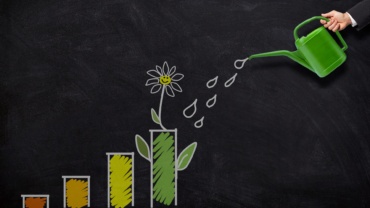
How firms are being socially responsible by conserving water.

Water is contaminated by numerous different chemicals; there is not one simple treatment or approach to providing healthy drinking water. Save the Water™ (STW™) will expand research and identification of toxic chemicals in…
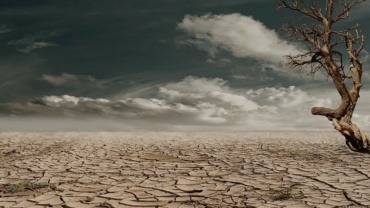
Image by _Marion from Pixabay (No endorsement)
What are the causes of the global water crisis?
Growing population
industrialization
drought
growing demand
One sixth of the world's population does not have access to…
Press Release Update November 10, 2012 / Save the Water™ STEM Education Program. DILOS™ and the Girl Scouts of America. The Girl Scouts of America (GSSEF) and Save the Water™ (STW™) have entered…
Join our team and help make a differnece.
Work form home, flexible hours,
make new friends and learn new skills.


